15 months and 1,500 nautical miles with our Salish Voyager.
Our last leg from Juneau to Haines went amazingly well. We were sad to see the end of our voyage looming ahead. Yet, it felt good to be back in territory we knew well.
After visiting a friend, a long blustery days travel north of Juneau, we crossed Lynn Canal with an enjoyable tail wind. We timed the crossing to hit incoming and then slack tide. As the winds increased, we reefed, and reefed again. We cruised into Saint James Bay, at over four knots, double reefed, with a following sea. This was something we would not have been comfortable with at the beginning of the trip.
Our last few days into Haines were literally a breeze. Everything finally came together. On the same section of coastline where we had beat into the wind for ten days more than 14 months earlier, we enjoyed light winds and fair seas. We had a completely different comfort level with the boat. We caught a big salmon, found golden chanterelle mushrooms and caught crab. On our last night, we camped between two small islands accompanied by what we estimated to be 10,000 thousand Surf Scoters.
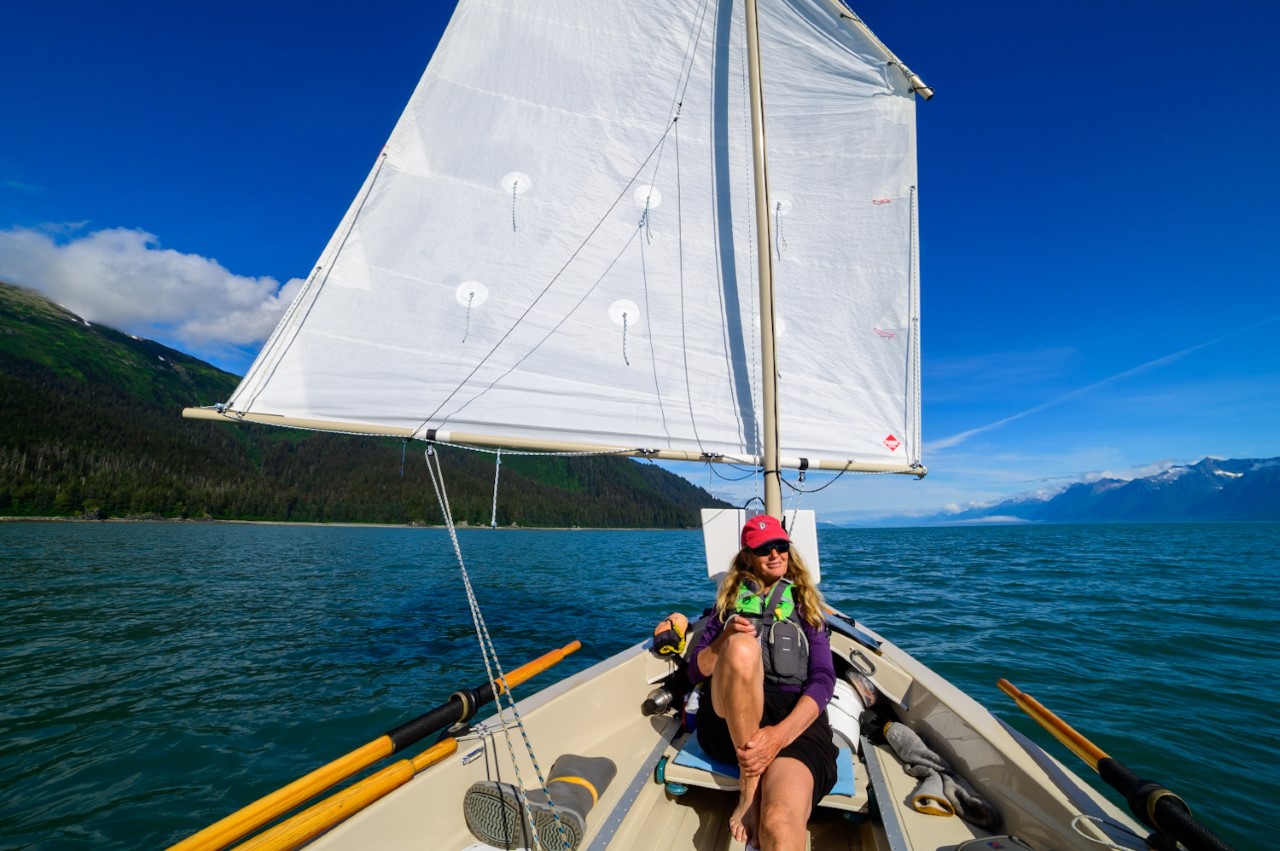
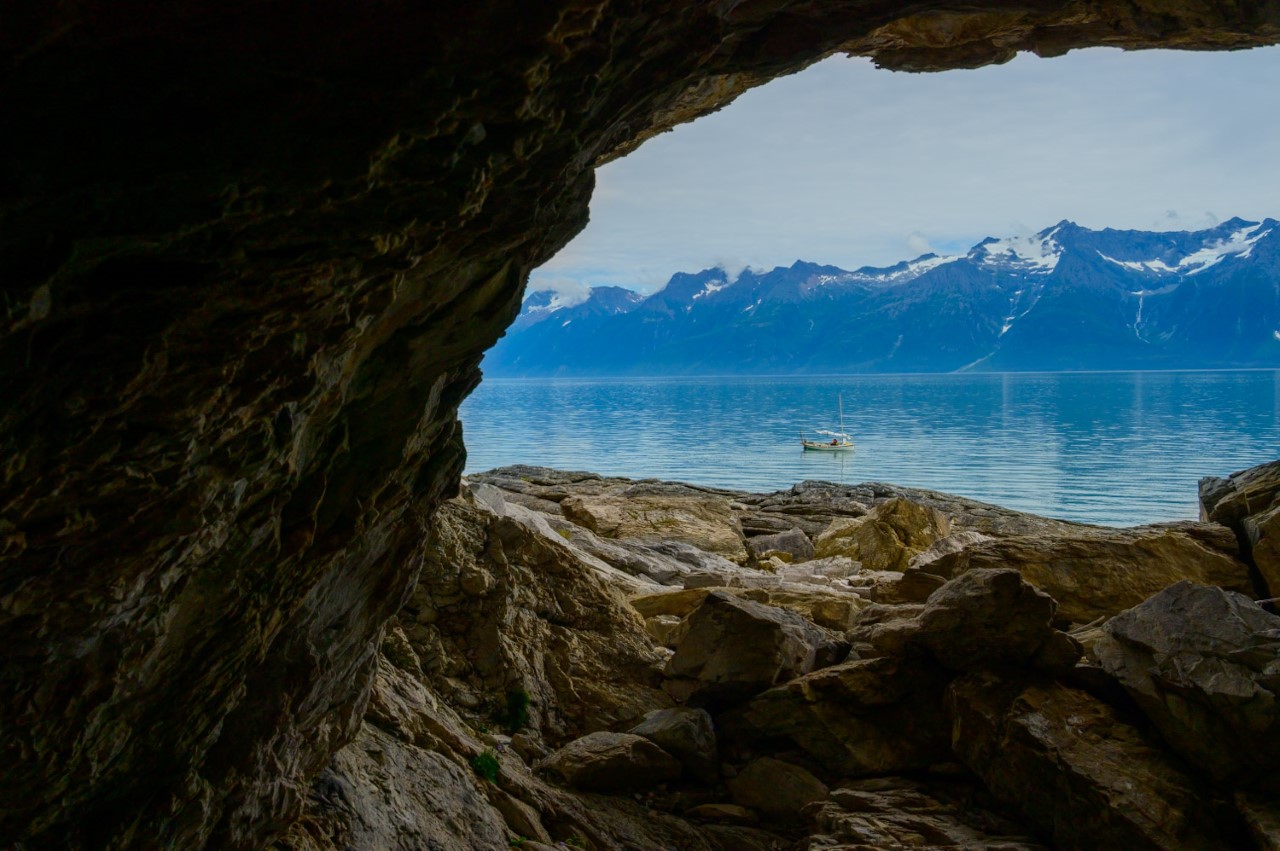


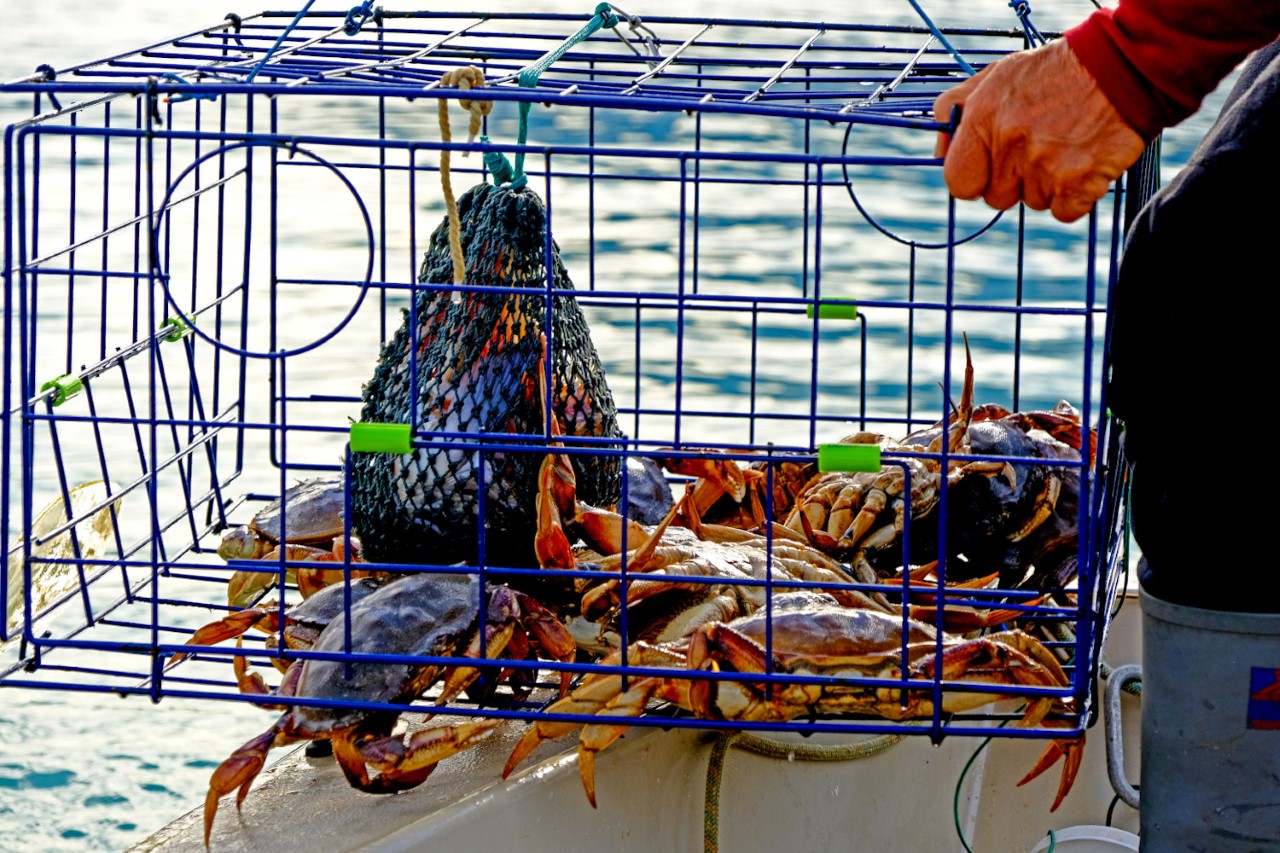
A small greeting party met us on the beach outside Haines. Sitting in the sun, looking at what I still considered the most beautiful scenery of the trip, it was hard to believe that this journey, which had become a way of life, was actually over.

Post-Journey Thoughts and Reflections
Now that we have had a little time to begin to adjust to a busier world, and digest what we have learned, here are a few thoughts on the boat, our personal journey and this wild place.
About the Boat:
The Salish Voyager proved to be a great fit for our expedition. “Wild Places” occupied a unique niche between the kayakers we were previously and the world of “big boats.”
She was far easier to fish from than a kayak, and made a great photography platform. We loved being right at eye level with the wildlife. By facing backward while rowing, we saw lots of curious seals popping up behind us. Being able to change clothes, eat lunch and take a pee while under way, made long crossings significantly more convenient. With a cruise ship on the horizon, I was glad to be more visible than we were in a kayak.

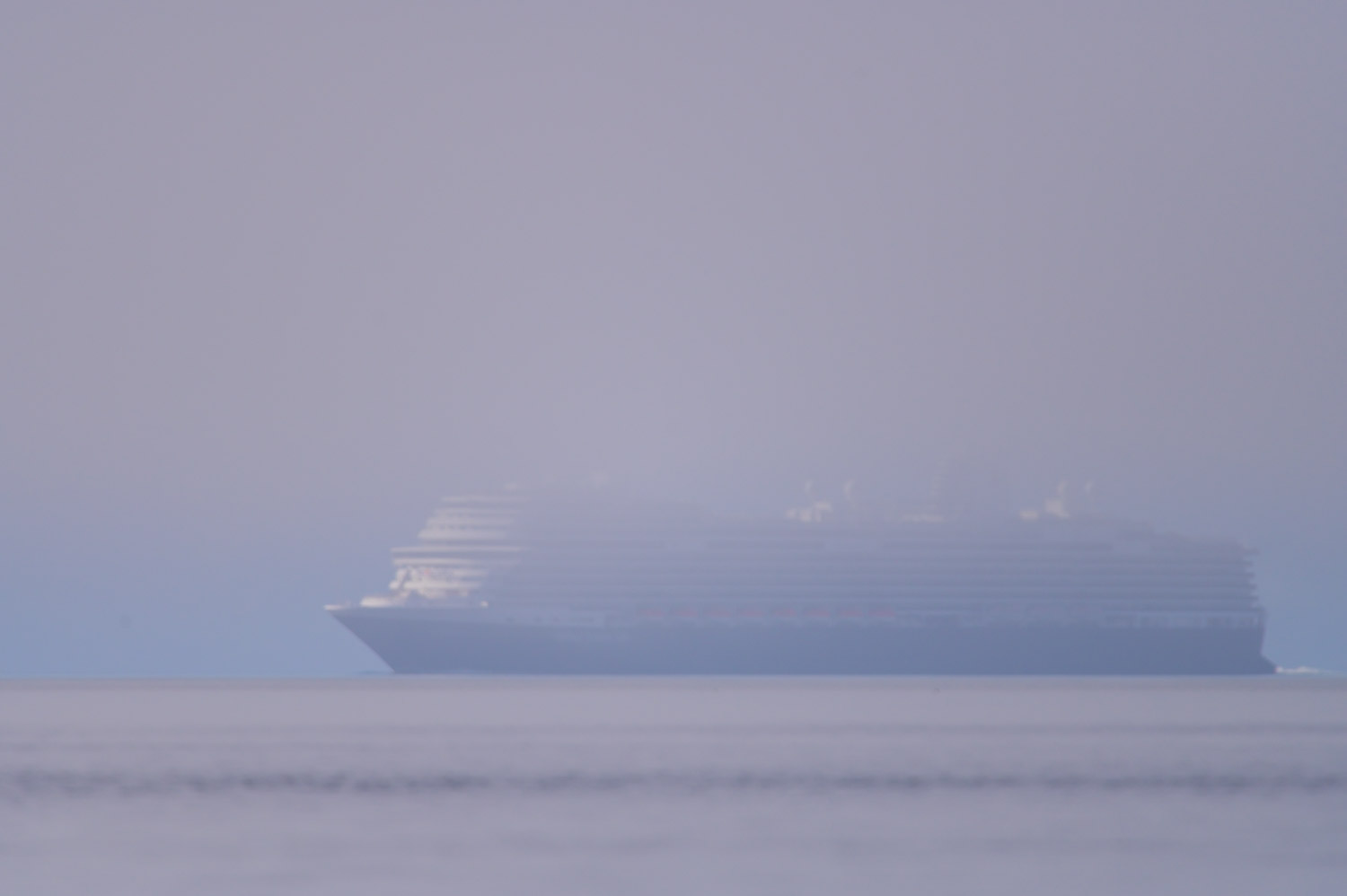
We were able to transfer much of what we had learned about the ocean as kayakers. Yet, we definitely improved our navigational skills over the course of the journey. We also found Navionics, (a navigational program used by bigger boats) to be a worthwhile aid.
If we didn’t want to end up with our boat high and dry in the morning, we needed to pay extraordinarily close attention to the tide cycles. The harsh reality of rowing, or tacking, against a two to three knot current demanded an intimate knowledge of current speed, over both time and place.
There are still times I wish we could carry our boat above high tide on a rocky beach, or do a short portage. “You can’t have everything,” I would remind myself when I wished “Wild Places,” would suddenly turn into a kayak. When we popped up the sail at the end of a long day of rowing, I was glad “Wild Places” was exactly who she was.
We had a rowing/sailing split of about 70/30. Wild Places sailed very well in light winds. We particularly enjoyed a technique we called “motor sailing.” With one person on the oars and one on the tiller, we could generate our own wind and really move along while having a light feeling on the oars. We often sailed when bigger boats were motoring. It felt good to not be consuming fossil fuel.
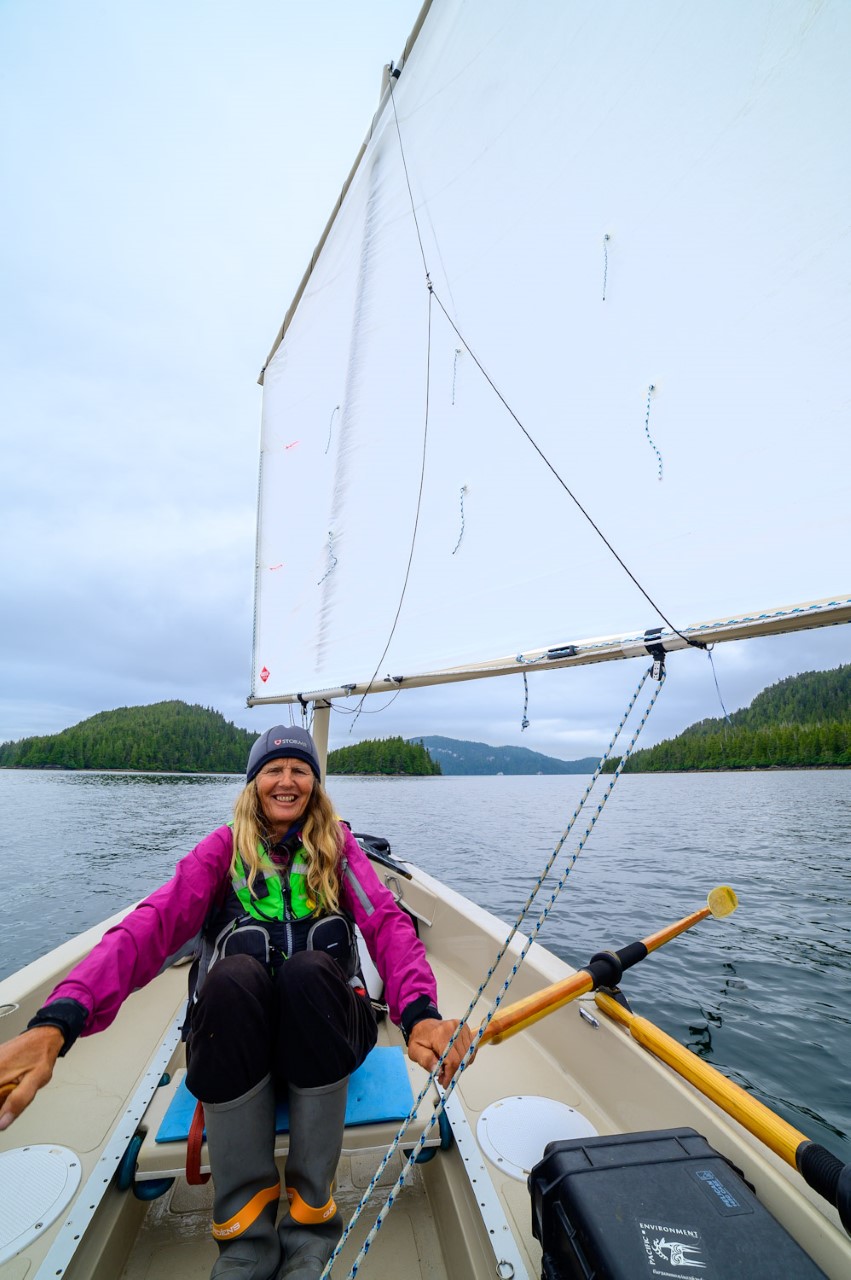
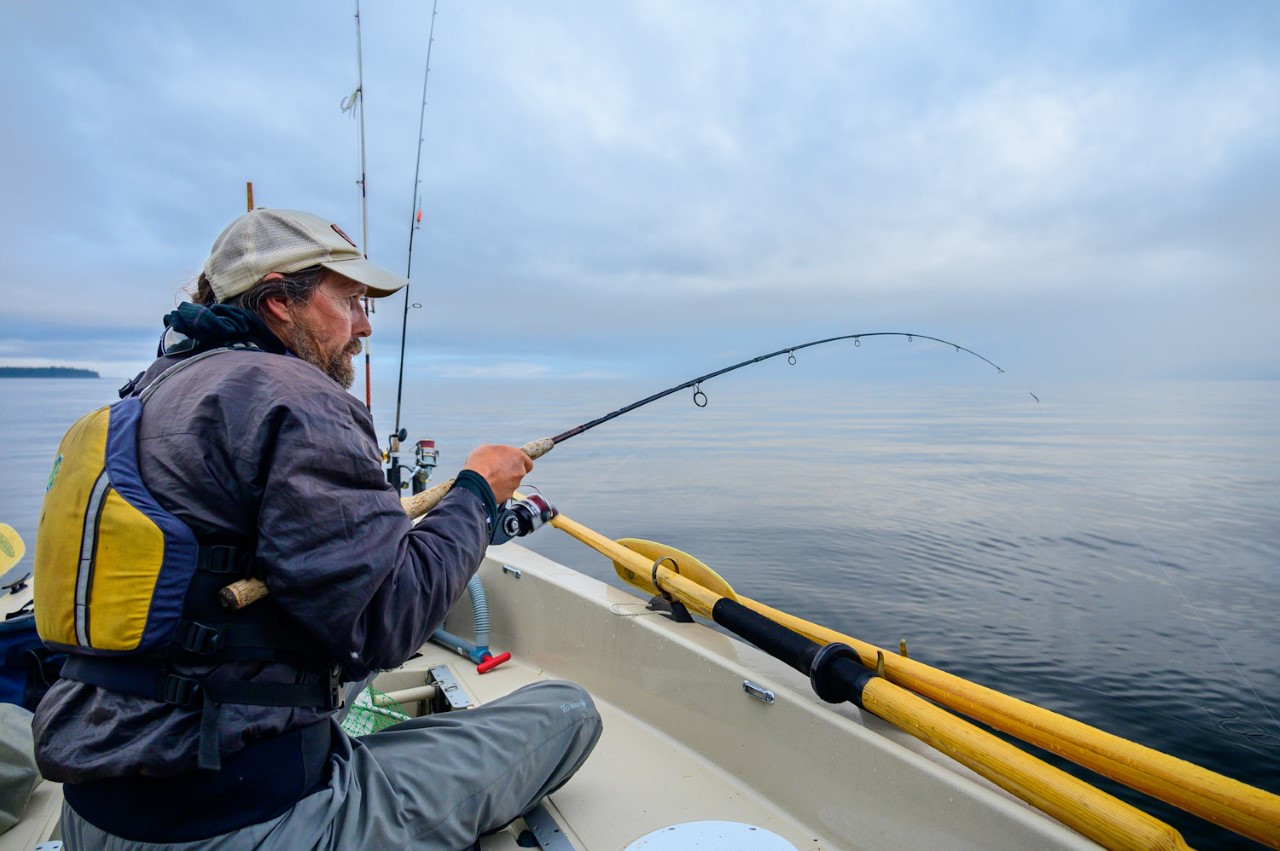
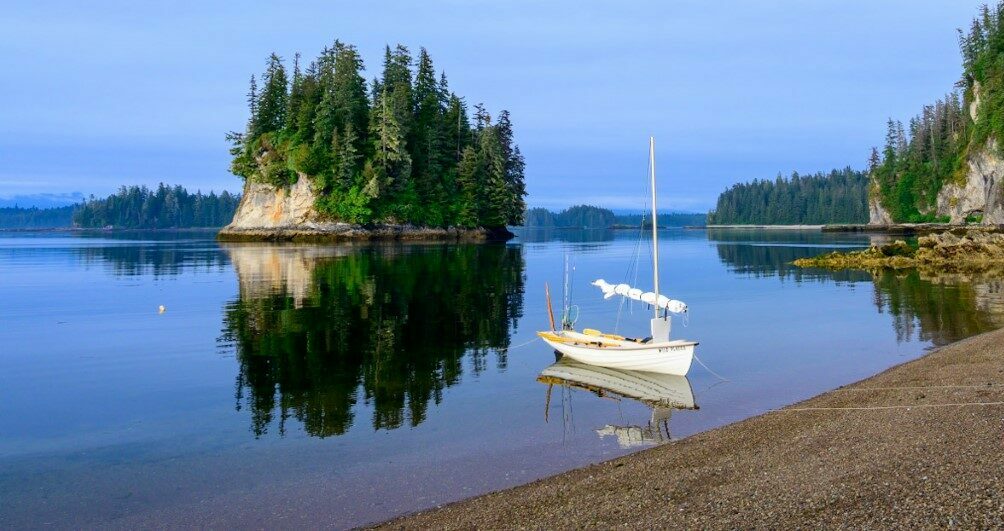
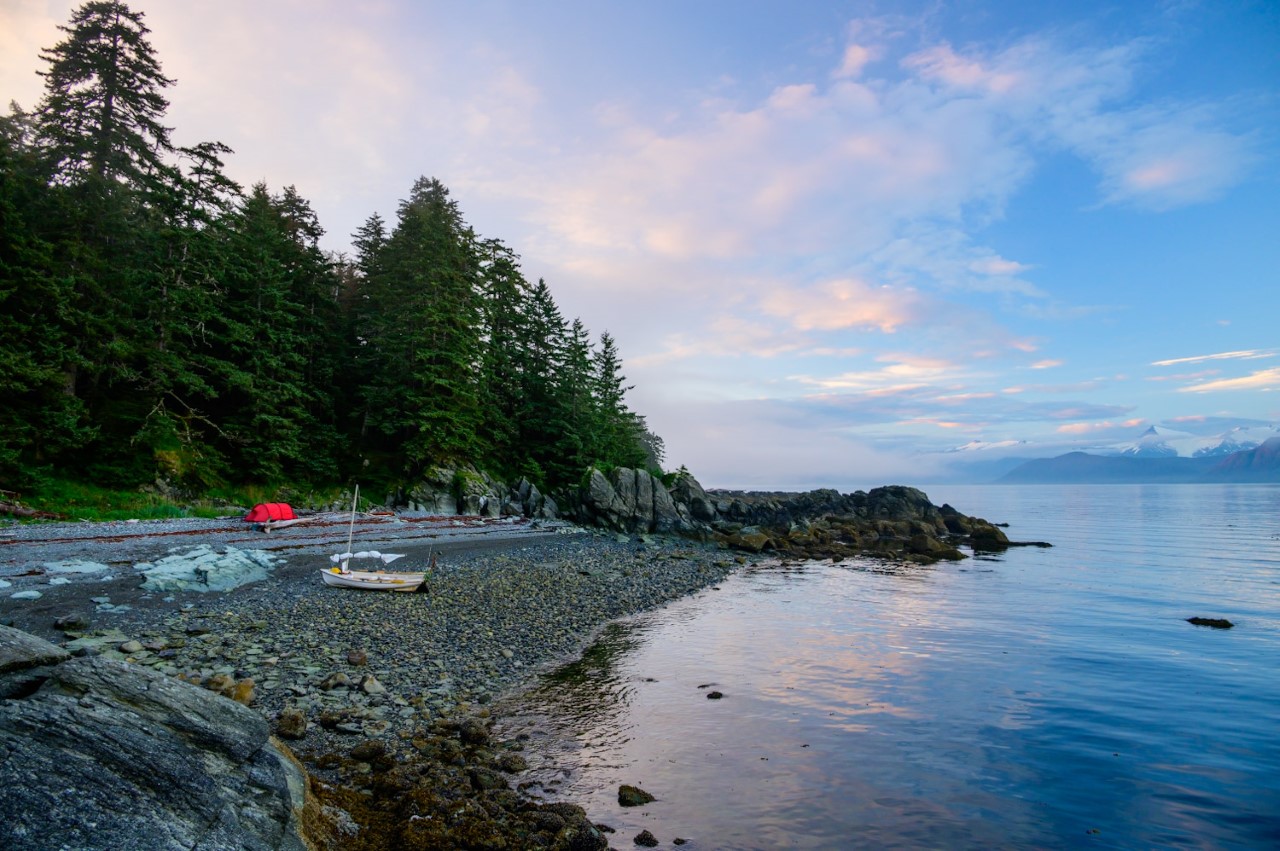
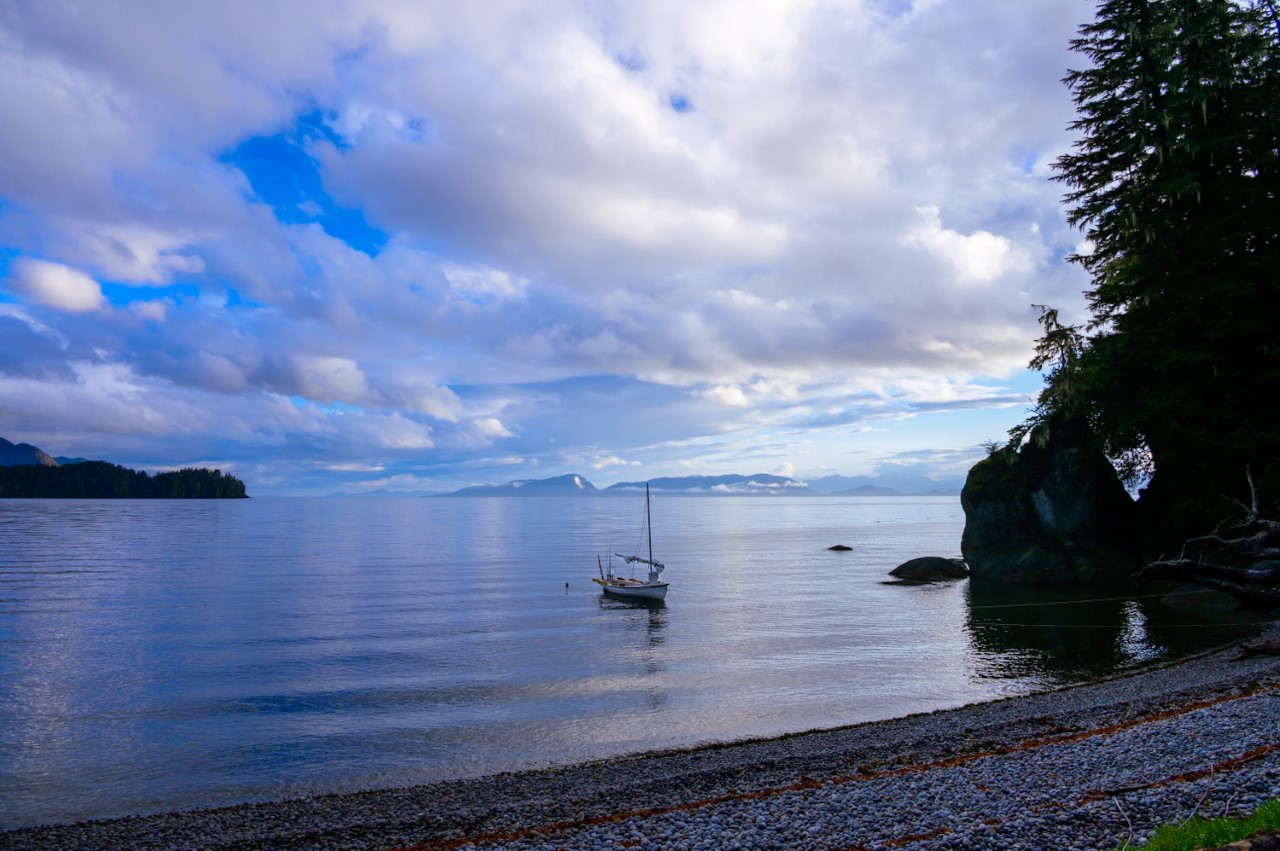
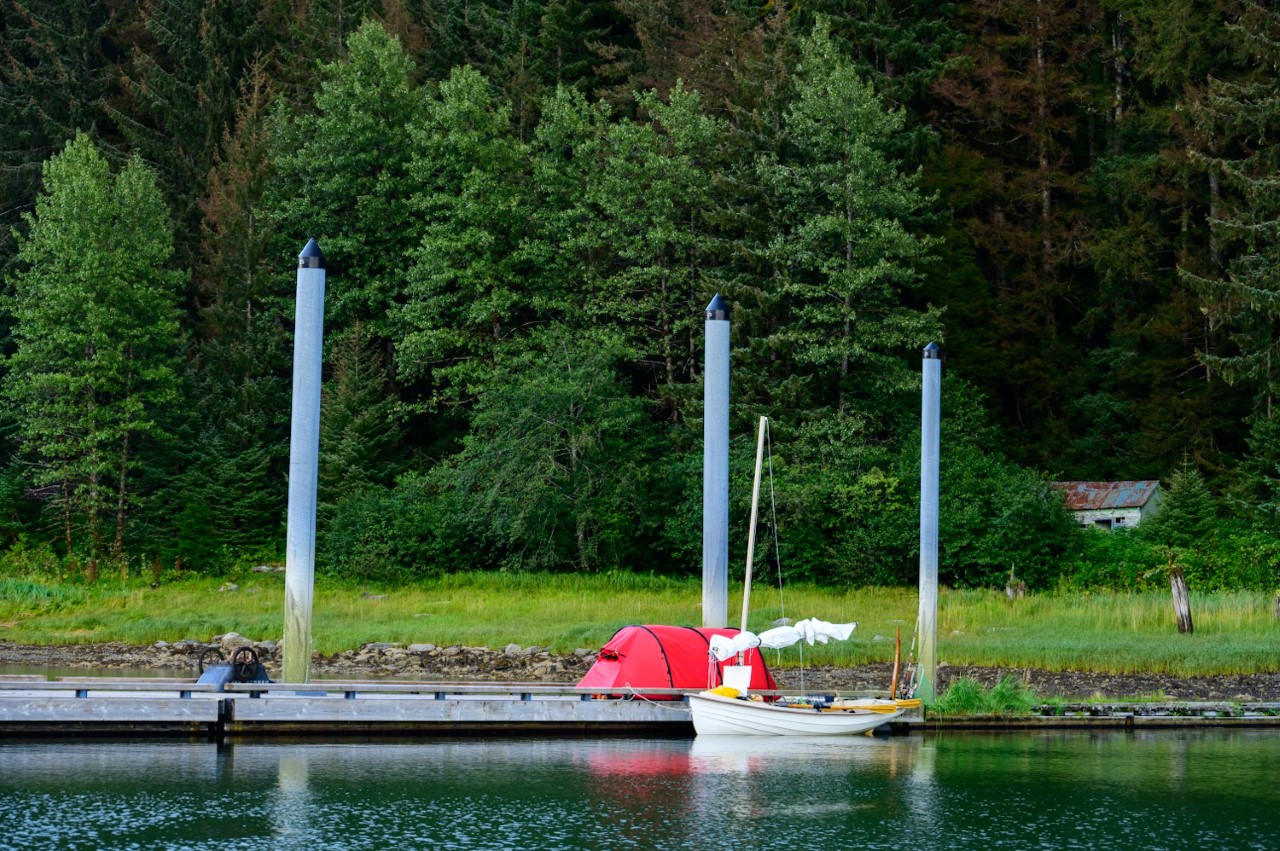
For higher winds our motto was reef early, and reef often. For exceptionally strong or gusty winds, we went back to bare poles, one person on the tiller, and the other rowing just hard enough to provide steerage.
Being able to bring our boat on shore, gave us the peace of mind to use smaller more exposed anchorages than most boats do. Traveling quietly, close to shore we often noticed wildlife before the animals noticed us. Camping on shore allowed us to cook on the beach, take walks in the woods, and look for mushrooms, edible plants and berries. As people frequently reminded us, we were camping with bears. We saw 121 bears over the course of the last two summers, without any real problems.
(Although we did have an exciting moment the second to the last morning of the trip. I opened the tent door to see a tiny, wet bear cub in the doorway. Fredrik opened the other door to see mom and another cub not far away. It took half a second for me to compute, that this is how bad things happen. I quickly shooed the tiny cub away and the family reunited a short ways down the beach.)
Editor’s gallery: A collection of just a few of the bears Fredrik and Nancy saw over the course of their 15 month journey!
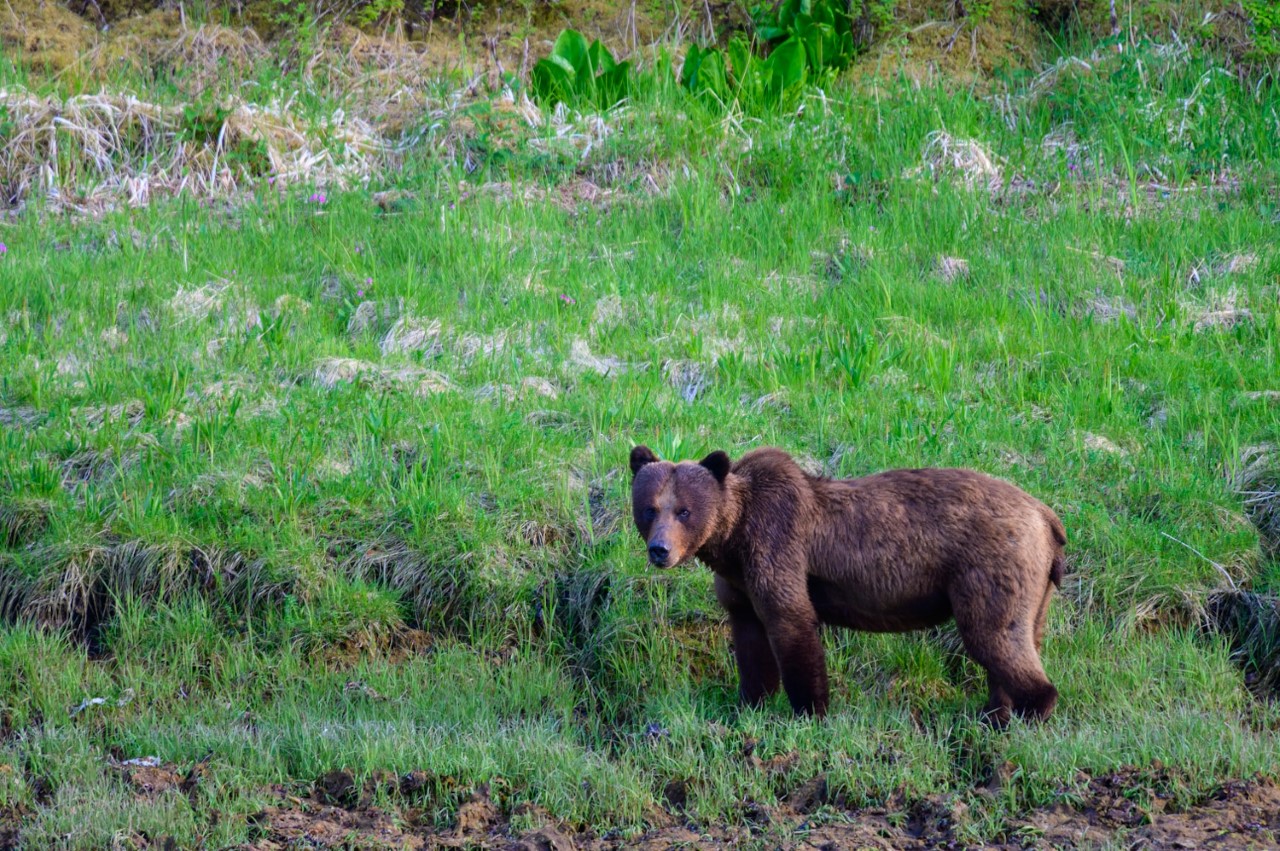
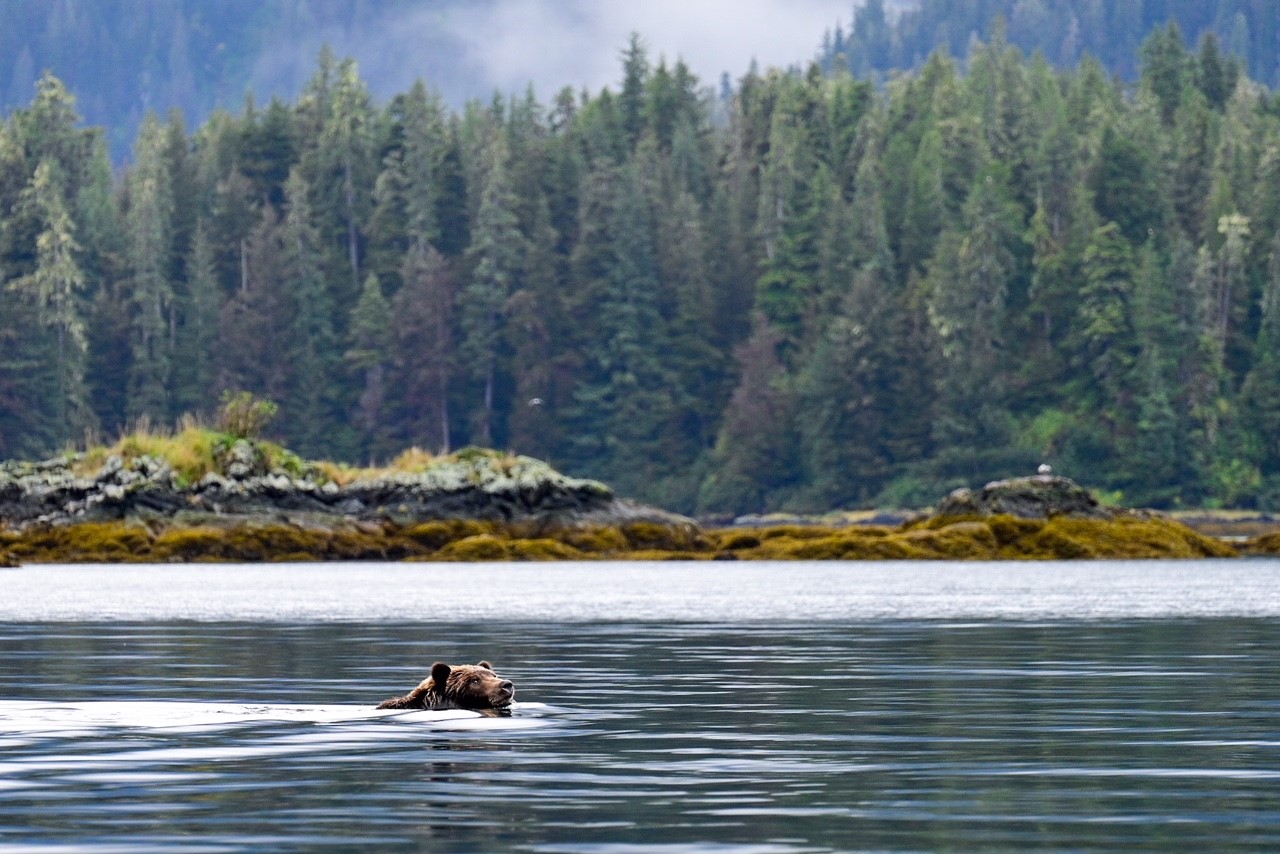

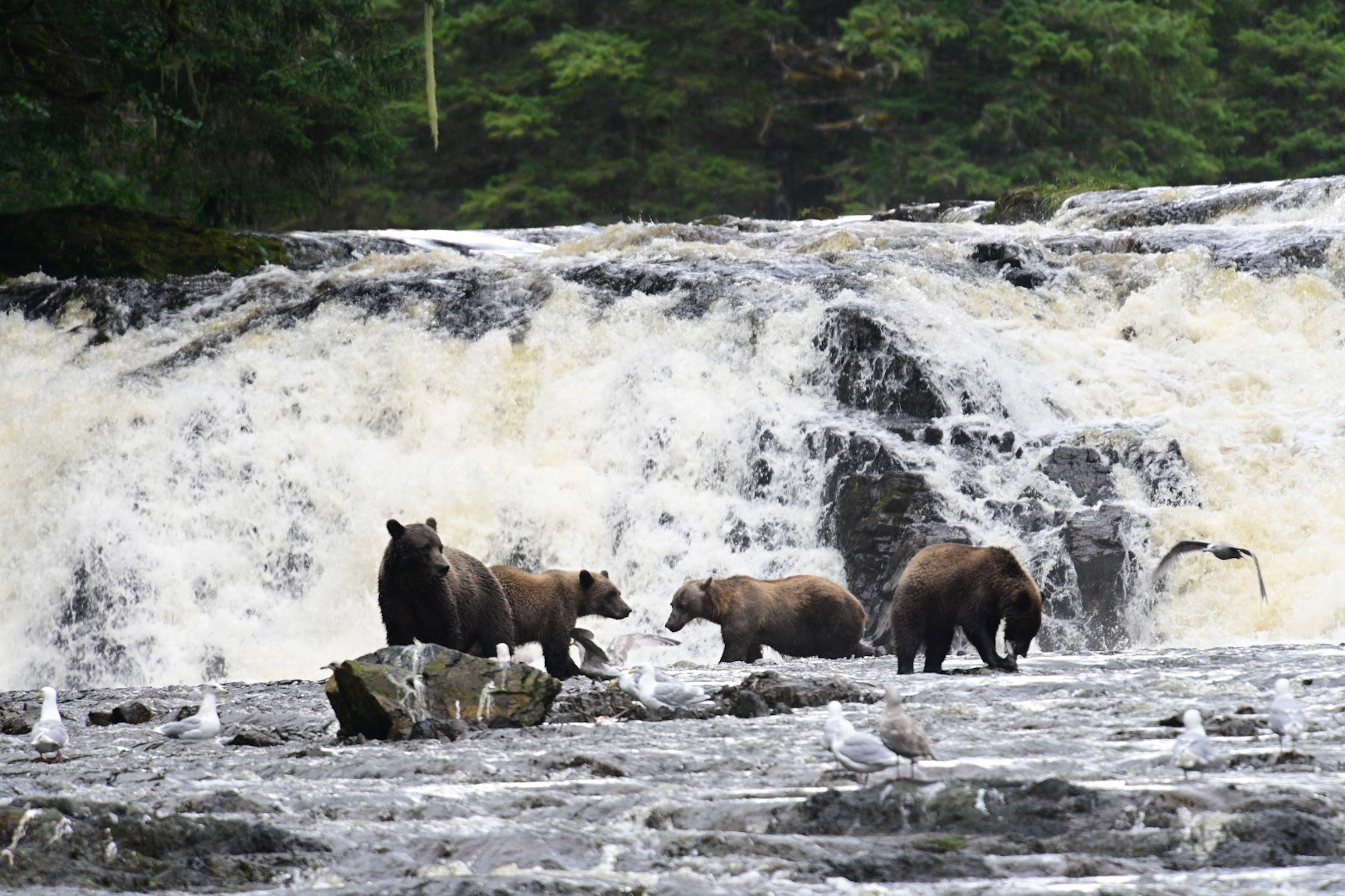
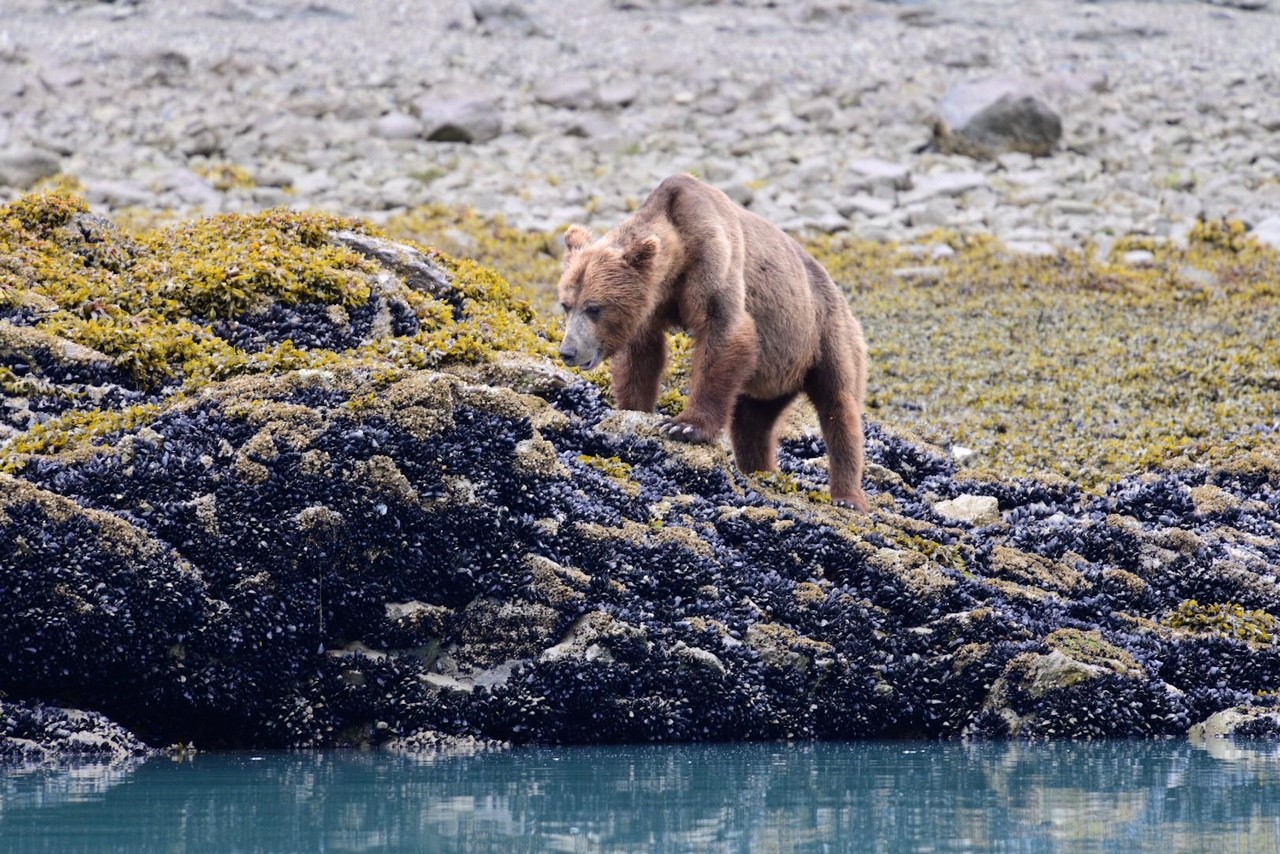
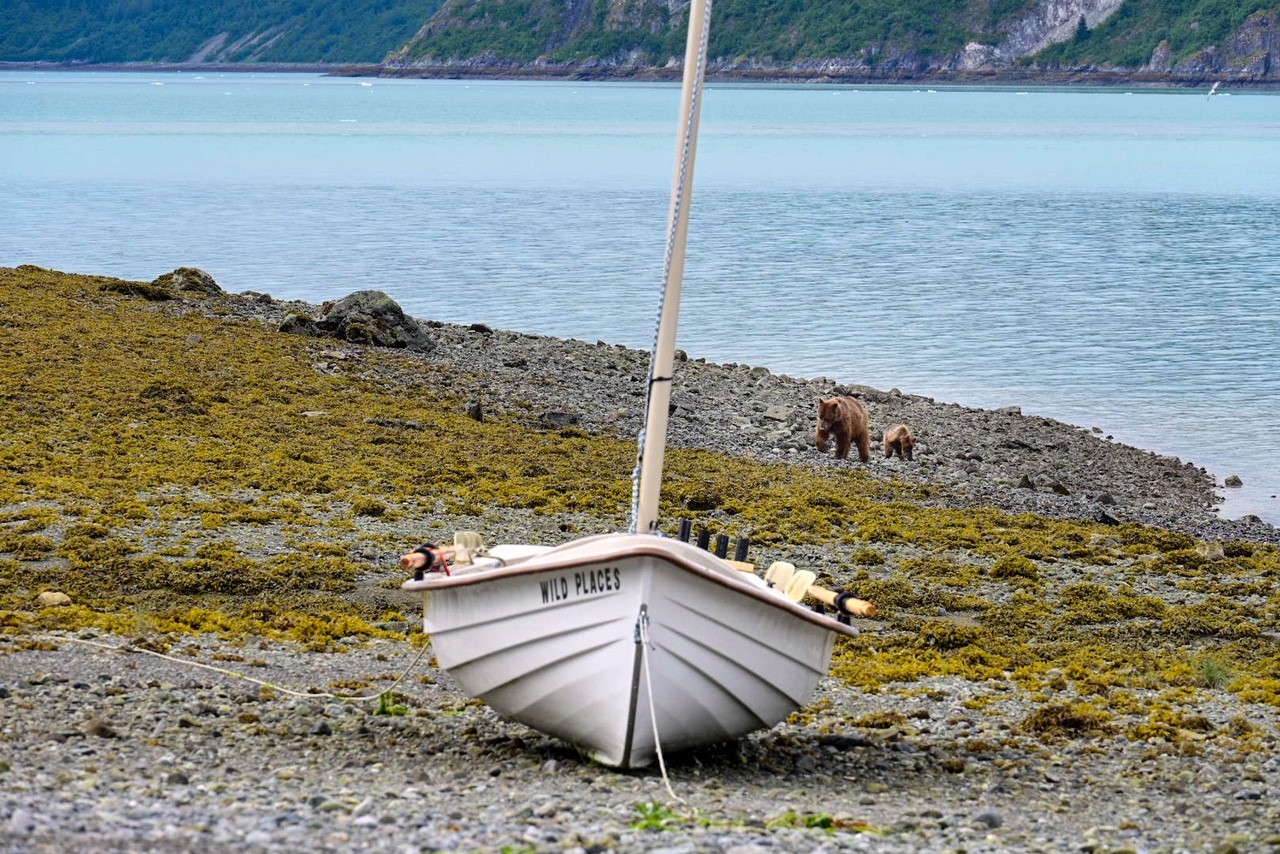
An unexpected part of our journey was getting a glimpse into a culture of people who spend their entire lives on, and around, boats. We sometimes drew a fair crowd of interested boaters when we tied up to docks.
When people commented about our lack of a motor, Fredrik would respond that he did have a motor and point to me.
“Actually, this IS our big boat,” we joked with people who assumed our real yacht was anchored around the corner.
Our best quote from a bystander on the dock was, “I envy you guys… I think?”
“Wild Places” held up well to nearly 15 months in the water. Once she was on the trailer, we scraped off barnacles the size of our little finger tip by hand, no need for expensive dry docking in a Seattle boat yard. She had survived the journey with a few chips and scratches in the gel coat, and one small ding to the fiberglass.
Some other lessons from the trip include:
We are not in charge. The tides don’t care about our schedule. We got up at three in the morning more times than we can count.
The weather dictates the day. Last September small craft advisories, and gale warnings made us unable to travel in Chatam Strait five days out of seven.
Go with the flow. Low pressure systems— which are predominant most of the time in this part of the world—bring winds from the Southeast. Go south to north if possible.
Teamwork is mandatory. We lived in tight quarters almost 24 hrs a day. We were within 6 feet of each other day and night. When rowing every stroke needed to be matched perfectly by the other person. When sailing, we were constantly shifting our own “water ballast,” to adjust to the wind and the movements of our partner. Fighting was futile. If we had a disagreement, our situation dictated that we get back to teamwork… immediately.
We learned that we like to go slow, to prioritize the experience over making miles.
Going in straight lines doesn’t seem to be our forte.
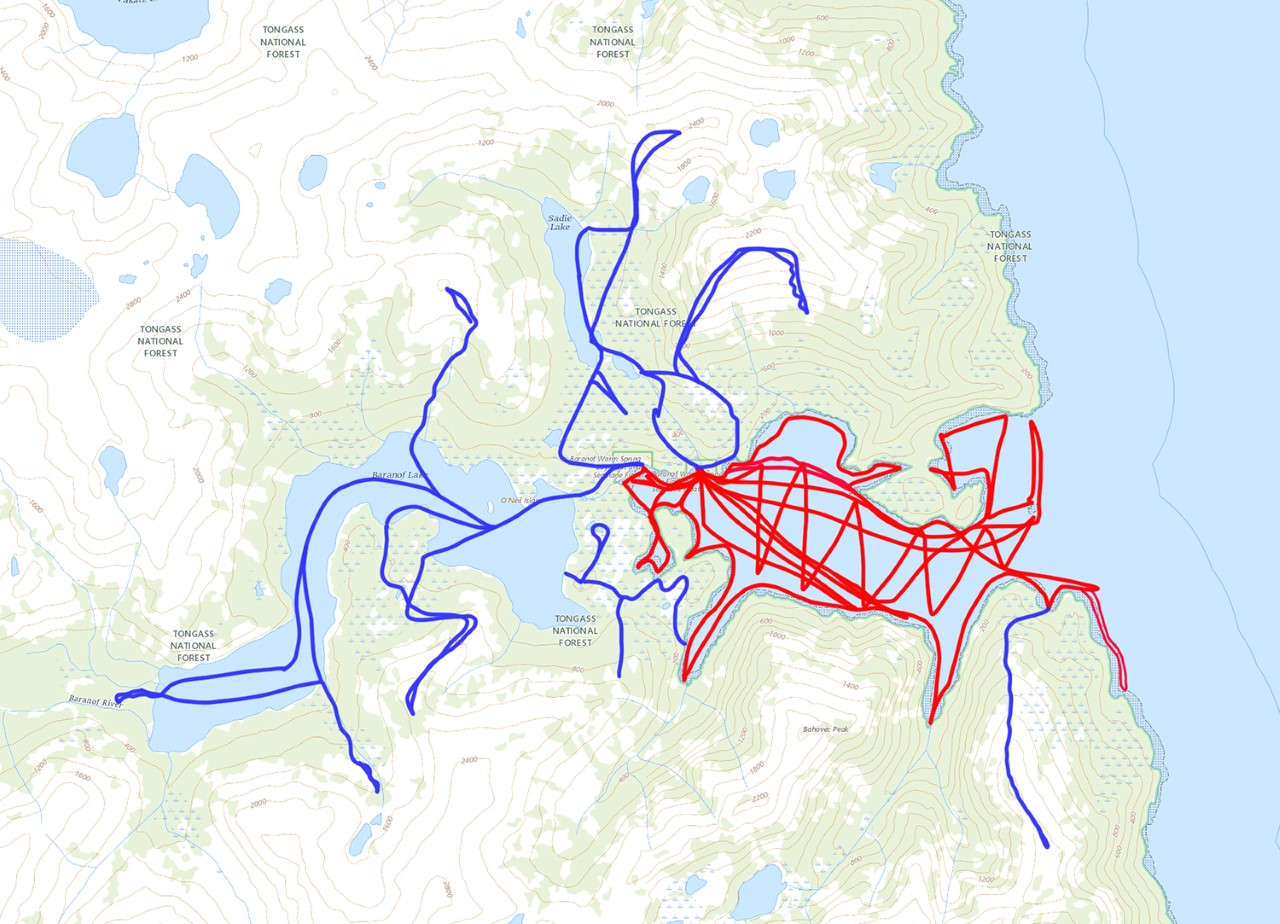
By being on shore more than big boaters, we became intimate with the landscape— for better or for worse. We got to notice the sleeping deer behind the log. We also got an up close view of the multitude of clear cuts that lace themselves through Southeast Alaska. The garbage on the beaches was often horrific: Plastic bottles, fishing floats, derelict crab pots, refrigerators, busted up skiffs and whole houses littered the shoreline. This was just the floating trash. We cringe to imagine the sinking trash we could not see on the ocean floor.
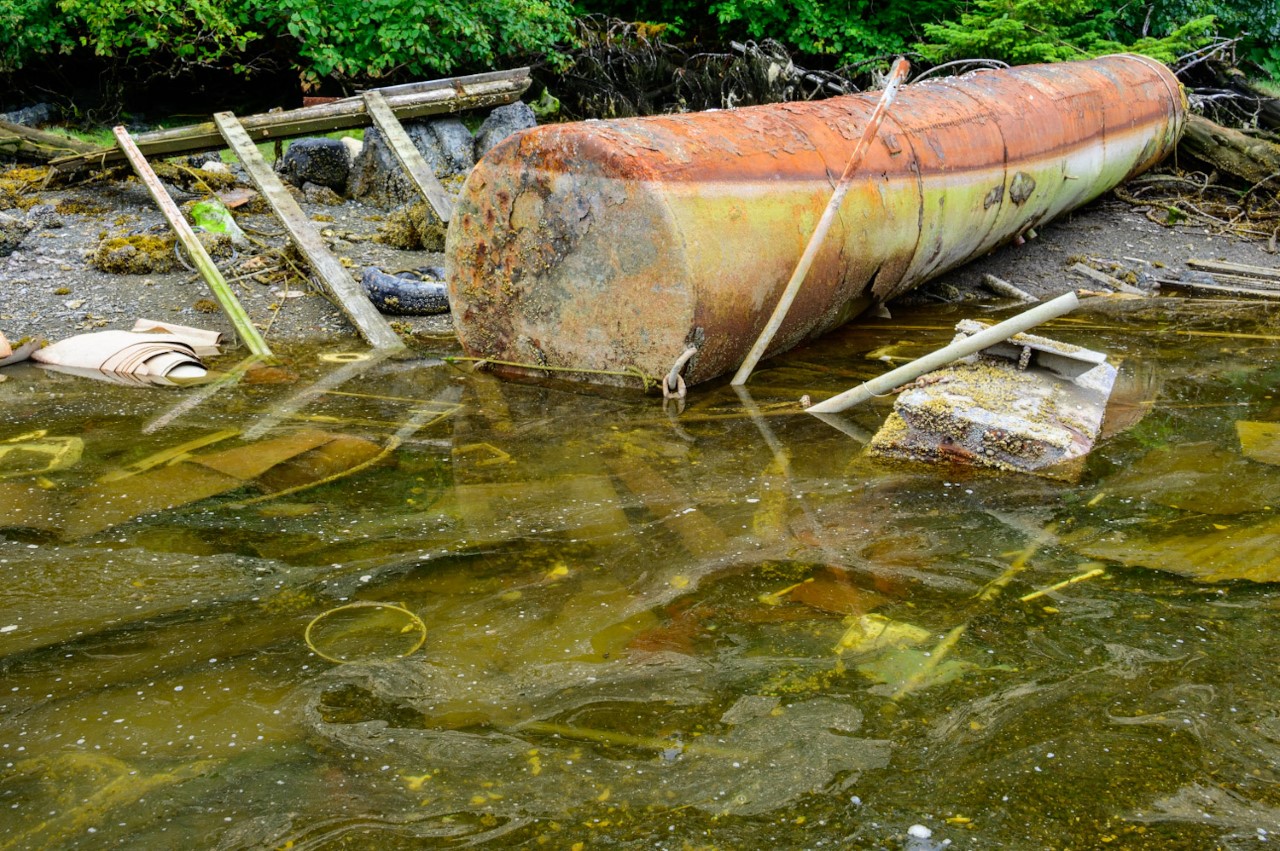
Our quest to significantly supplement our diet with wild foods was far tougher the second summer. We don’t understand why, but berry picking was poor and we only caught two salmon all summer. Was it because we spent more time in the more heavily impacted southern part of the archipelago? Or, were we just in the wrong place at the wrong time?
Out of curiosity we asked fishermen how their season was going whenever we got a chance. Their answers covered the spectrum from “great season” to “no fish.” One big change over the past several years is that the population of non-pelagic rockfish — which can easily live to be over 100 years old and begin to reproduce at about the same age we do — has significantly declined. Catching and eating them is now forbidden. In order to stay away from accidentally hooking them, we fished the bottom far less often than on previous trips. We passed through Juneau during the Golden North Salmon Derby. The results this year were meager, both in quantity and size. While the change over time has not been purely linear, the average size of the winning salmon has significantly declined over the past 26 years.
Editor’s Gallery: A collection of the incredible meals that Fredrik and Nancy foraged and caught during the journey. I think we need a Wild Places cookbook!
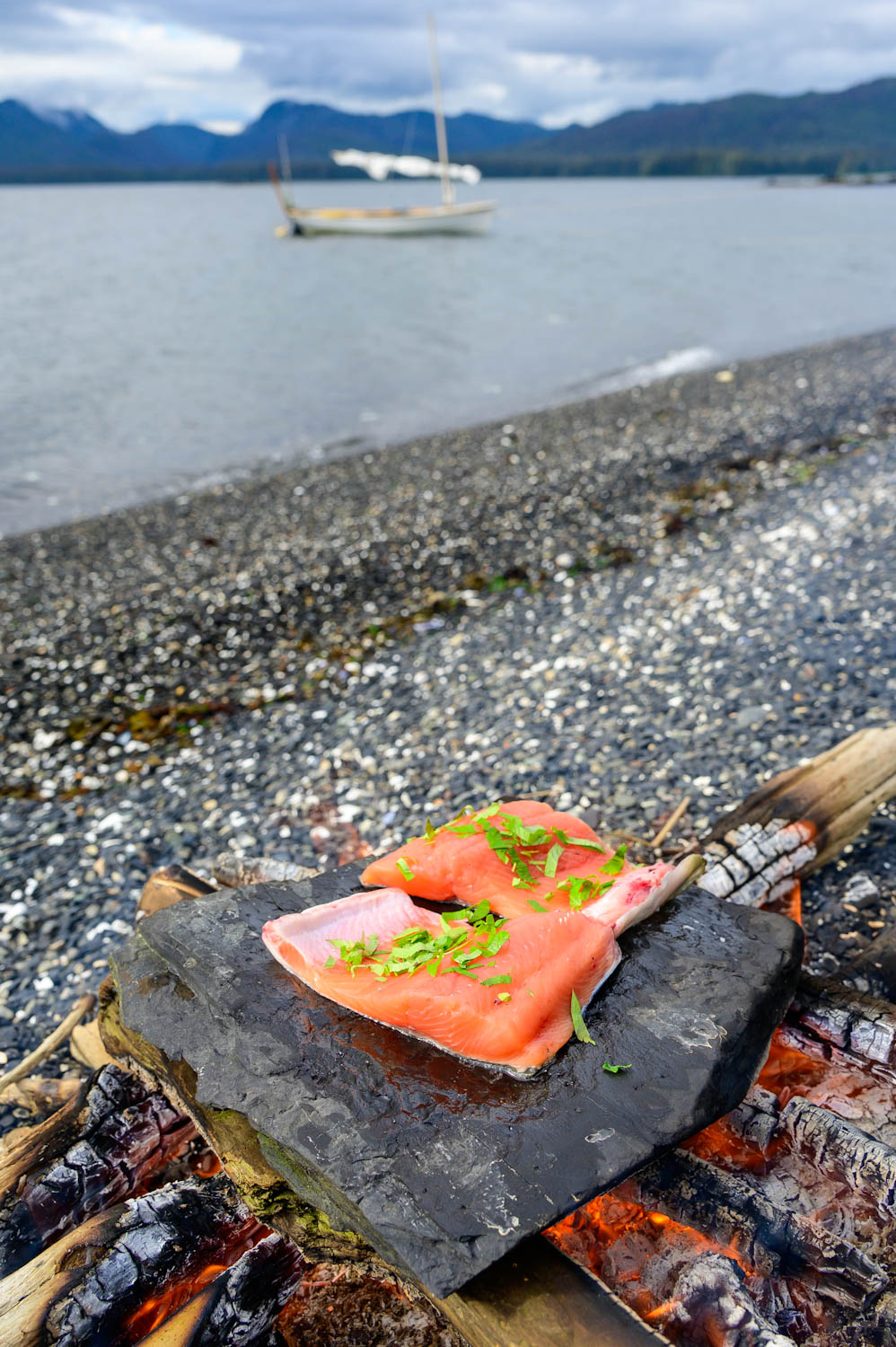
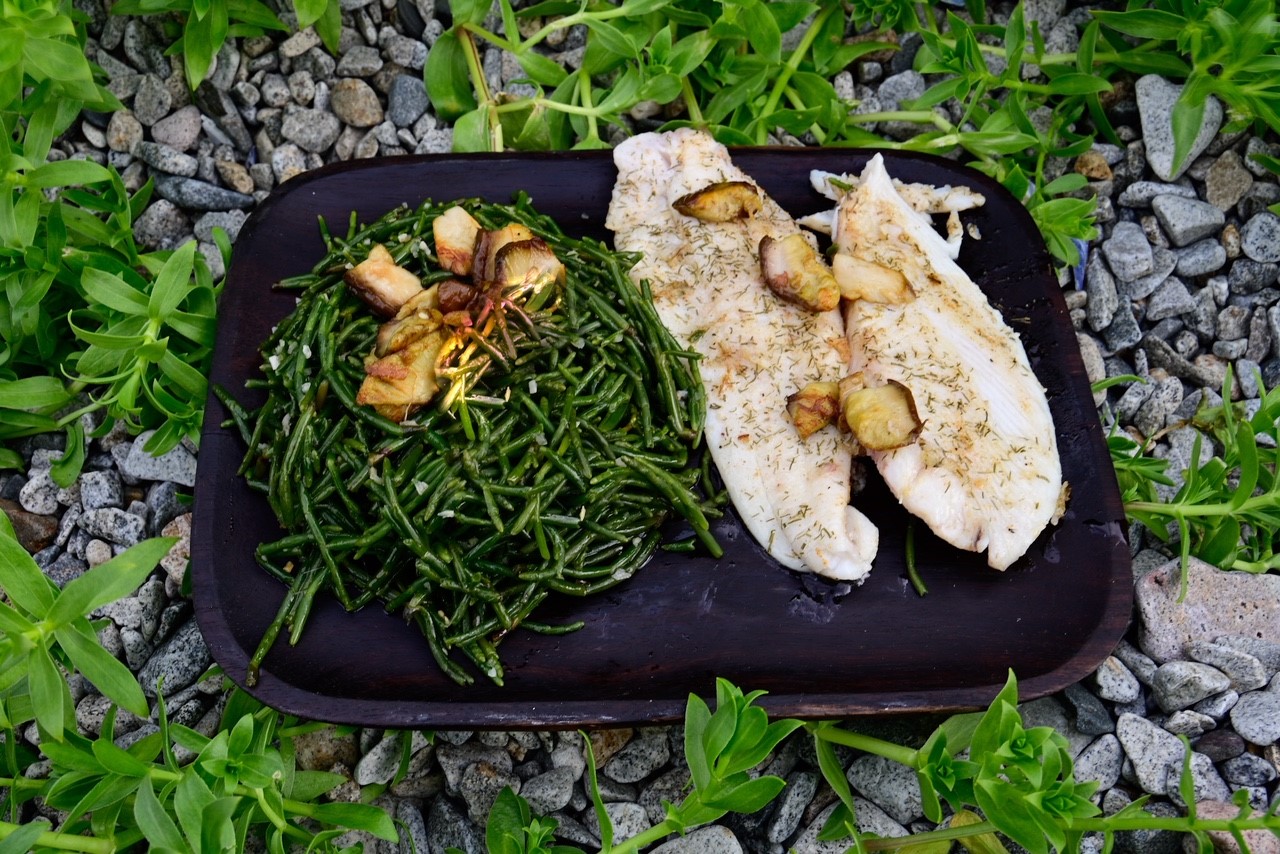

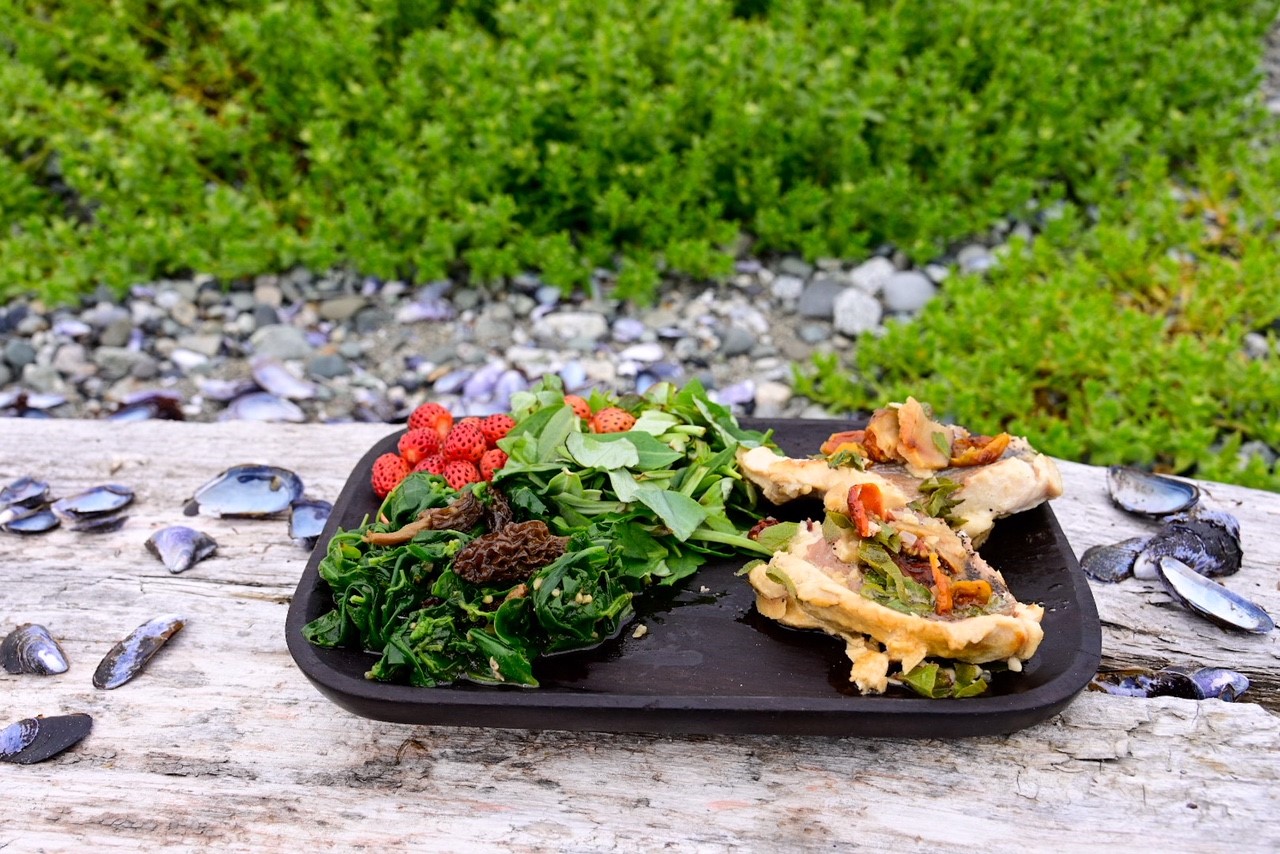
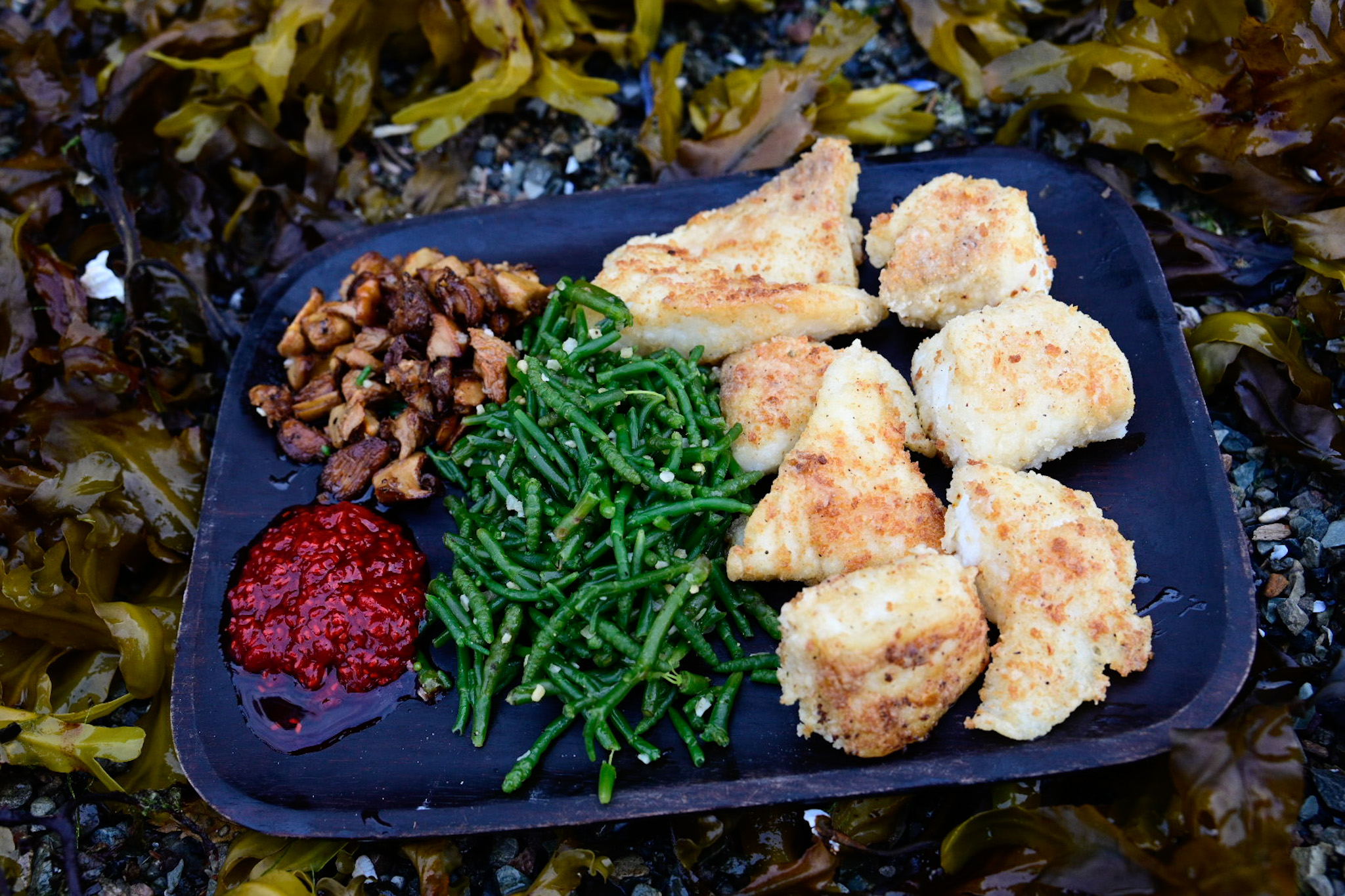
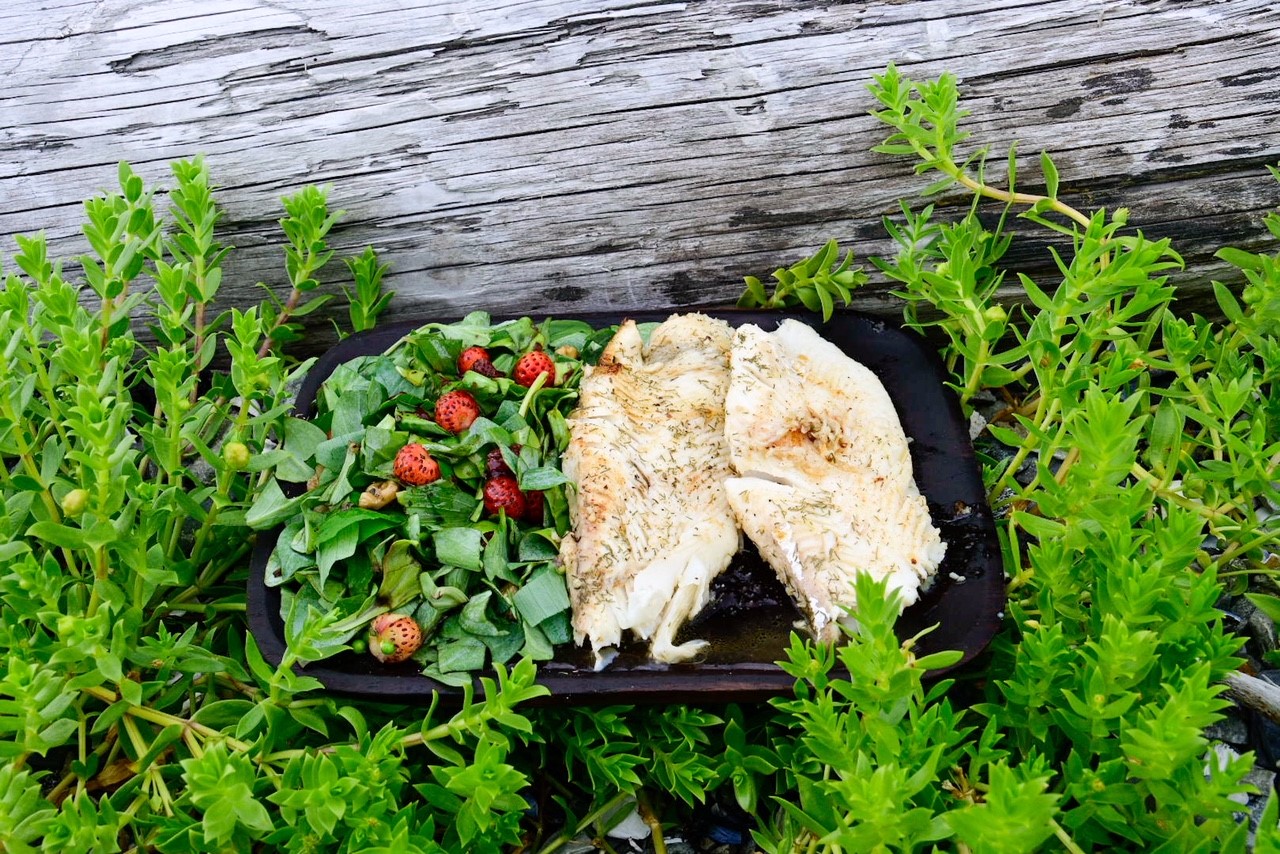
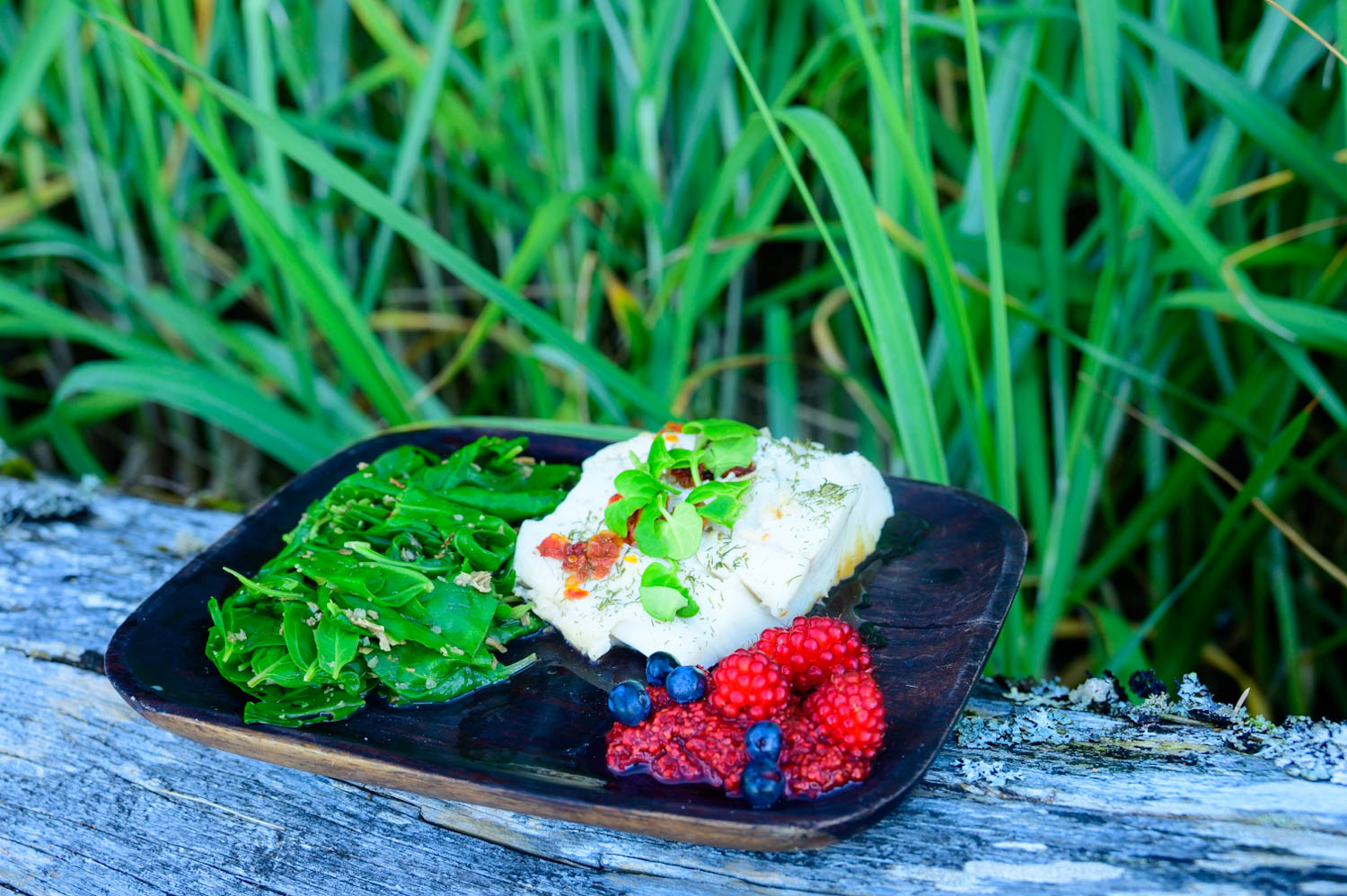
One of the things we miss most from our journey is quiet nature observation, watching river otters catch their dinner, or the light fade at the end of the day. We really miss having time in our lives, and are struggling with how to avoid fully rejoining the busy consumptive society we came from.
Fredrik misses sailing most, while I miss the physical motion of rowing. We both miss the simplicity we once had in our lives. Our journey was far from easy, but our needs and concerns were basic, real, and connected to the present.
Editor’s Gallery: Some of the awe-inspiring wildlife encounters that Wild Places had along the way…
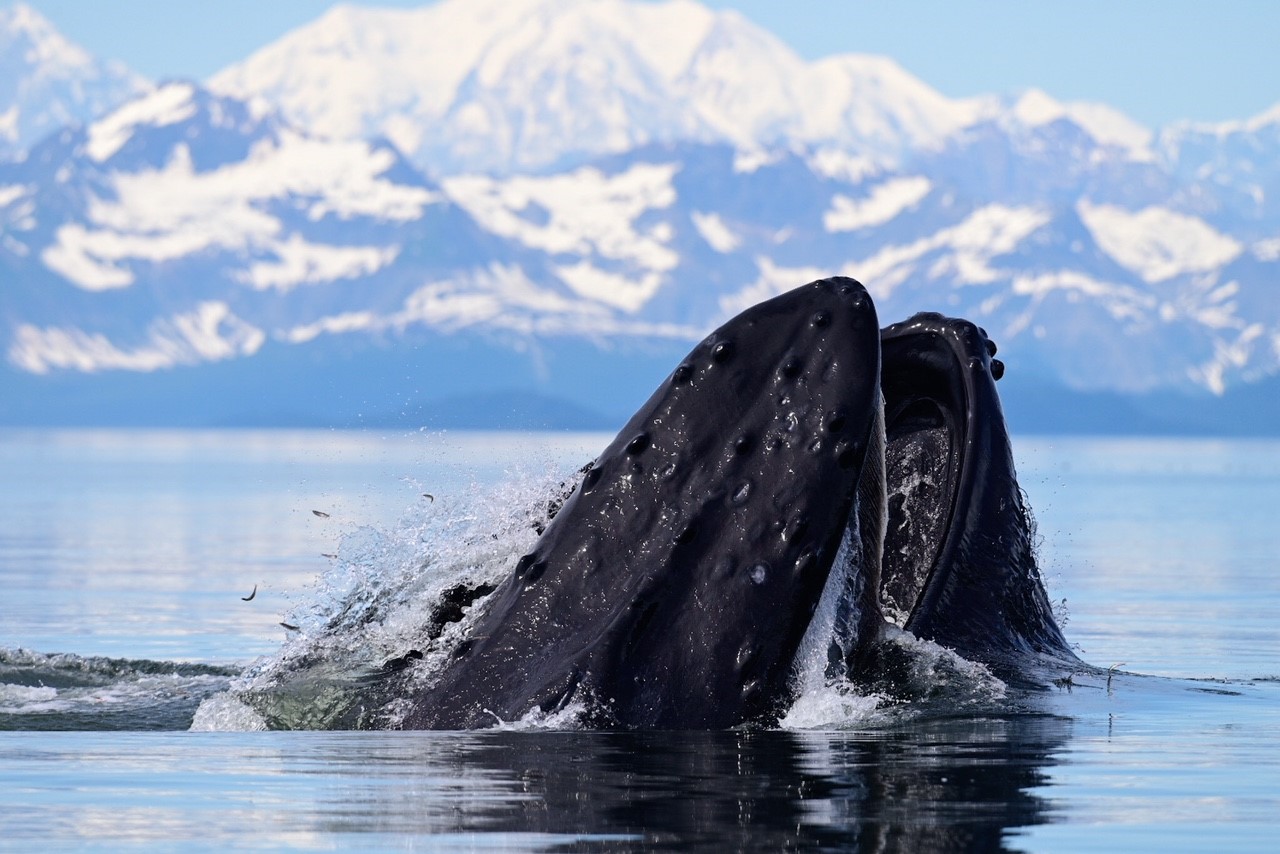
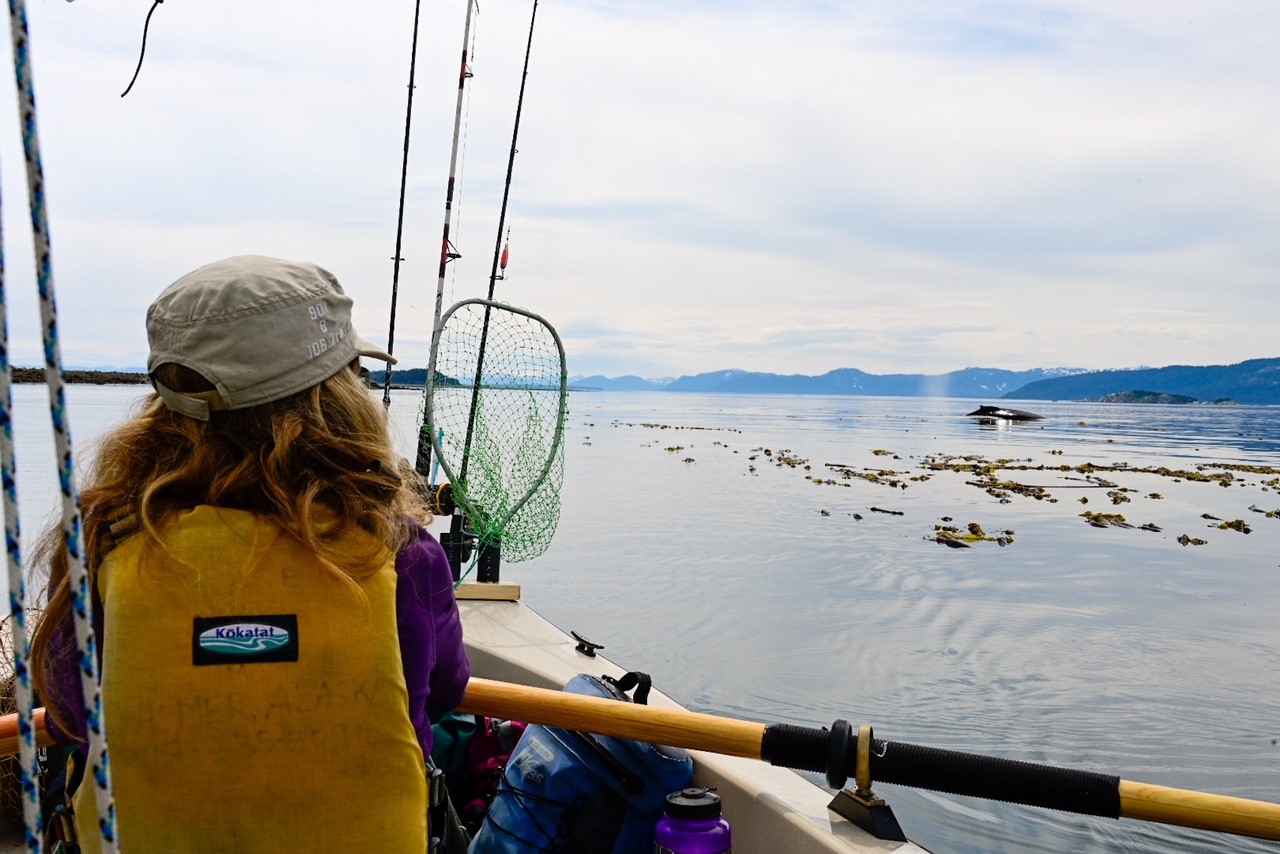
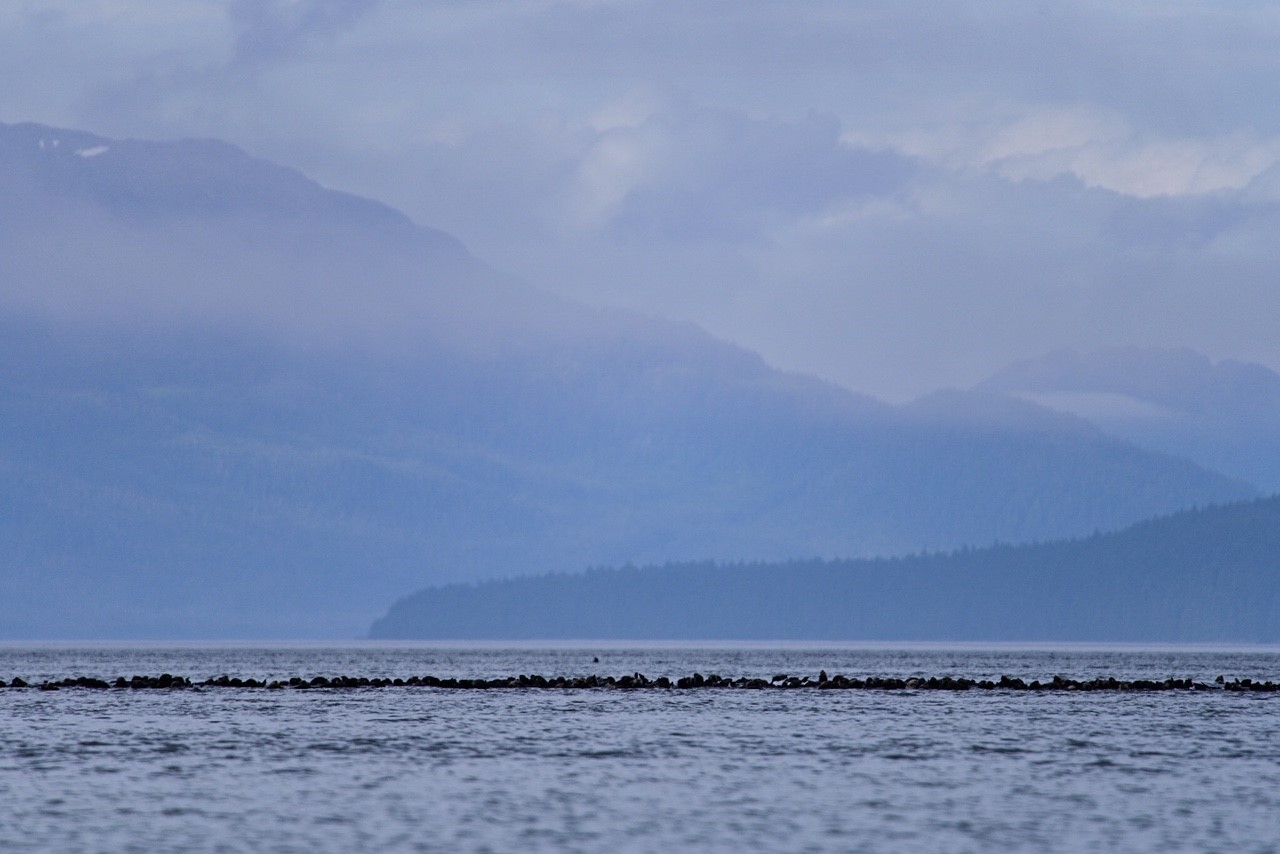
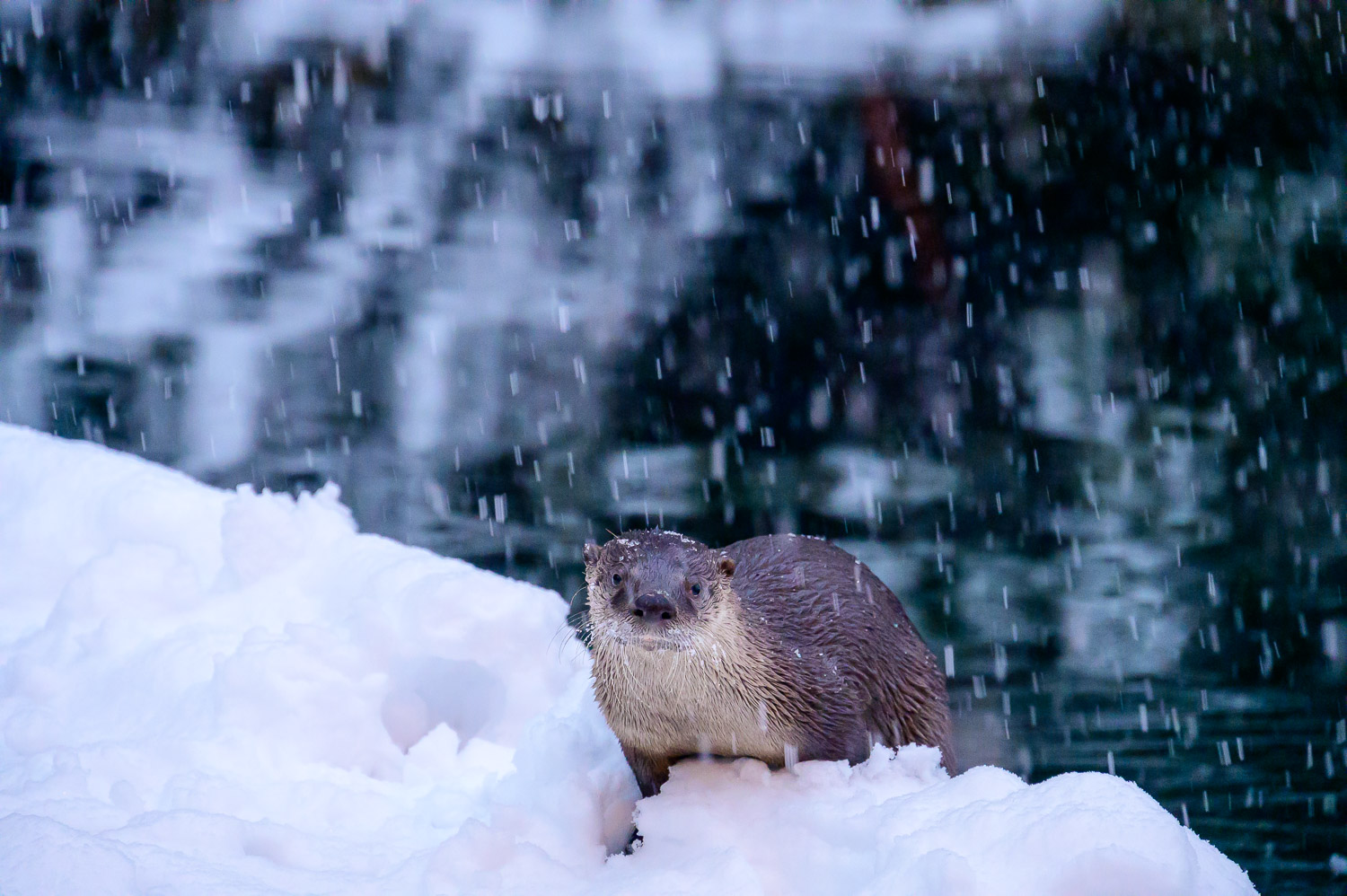
Thank you Gig Harbor Boat works for building this boat and helping us with our voyage. Thanks also to those of you that followed along. I hope you enjoyed the ride.
Over time we developed a lot of systems that work for us and our boat. Anyone who is owns a Salish voyager, or is thinking of buying one, please feel free to contact us. We are happy to share what we have learned.
Maybe we will visit you again…. from Mexico?
Fredrik and Nancy — thank you so much for sharing your experiences, photos, struggles and successes with us! It has been amazing to see your progress along the way — not only the geographical journey itself, but to watch your growth as sailors and to have a glimpse of your becoming one with your Salish Voyager, one with Wild Places. We are honored to know you and count you as friends, and you are welcome to visit us anytime you find yourselves in our neck of the woods!
If any of our readers missed the earlier installments of Fredrik and Nancy’s journey, you can find all of them here and linked individually below.
Wild Places on Glacier Bay
August 2021
Mountains, Mists & Moss
October 2021
Thankful for the Wild Places
November 2021
Happy Holidays from the Wild Places
January 2022
Catching Up with Wild Places
July 2022
Wild Places on the Home Stretch
Sept 2022
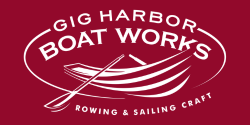
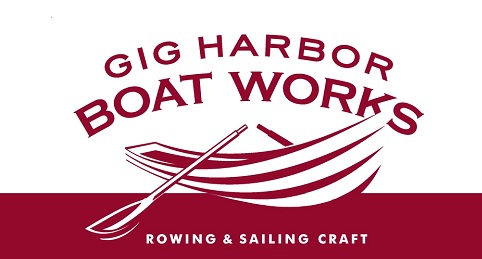
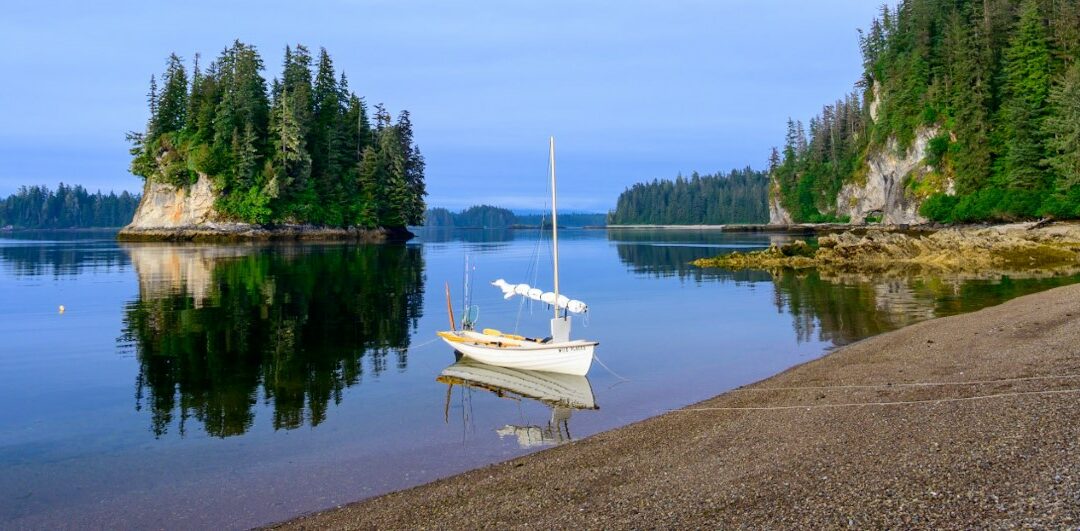
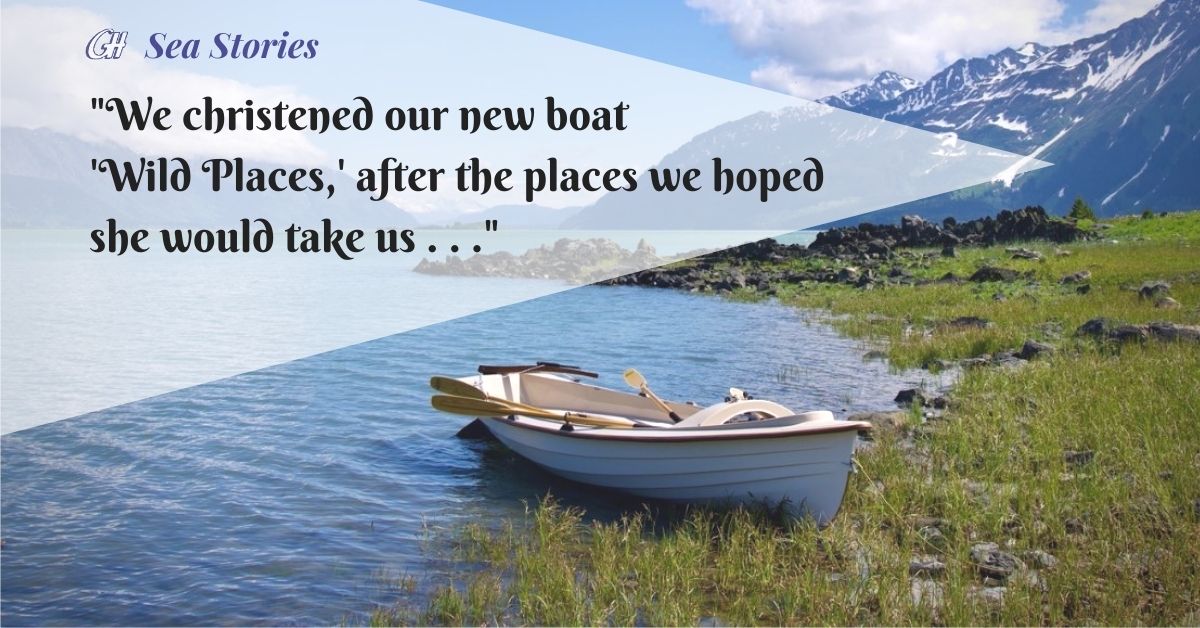
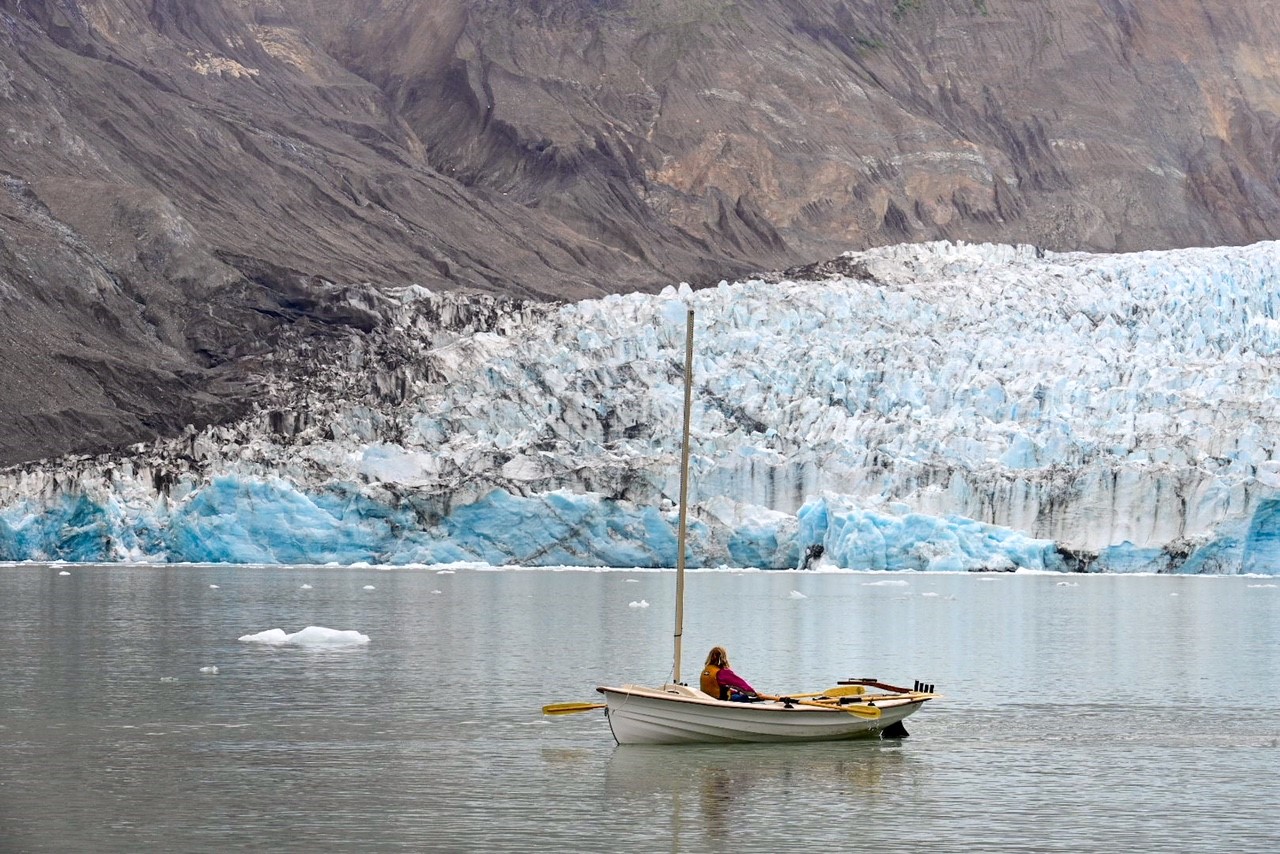
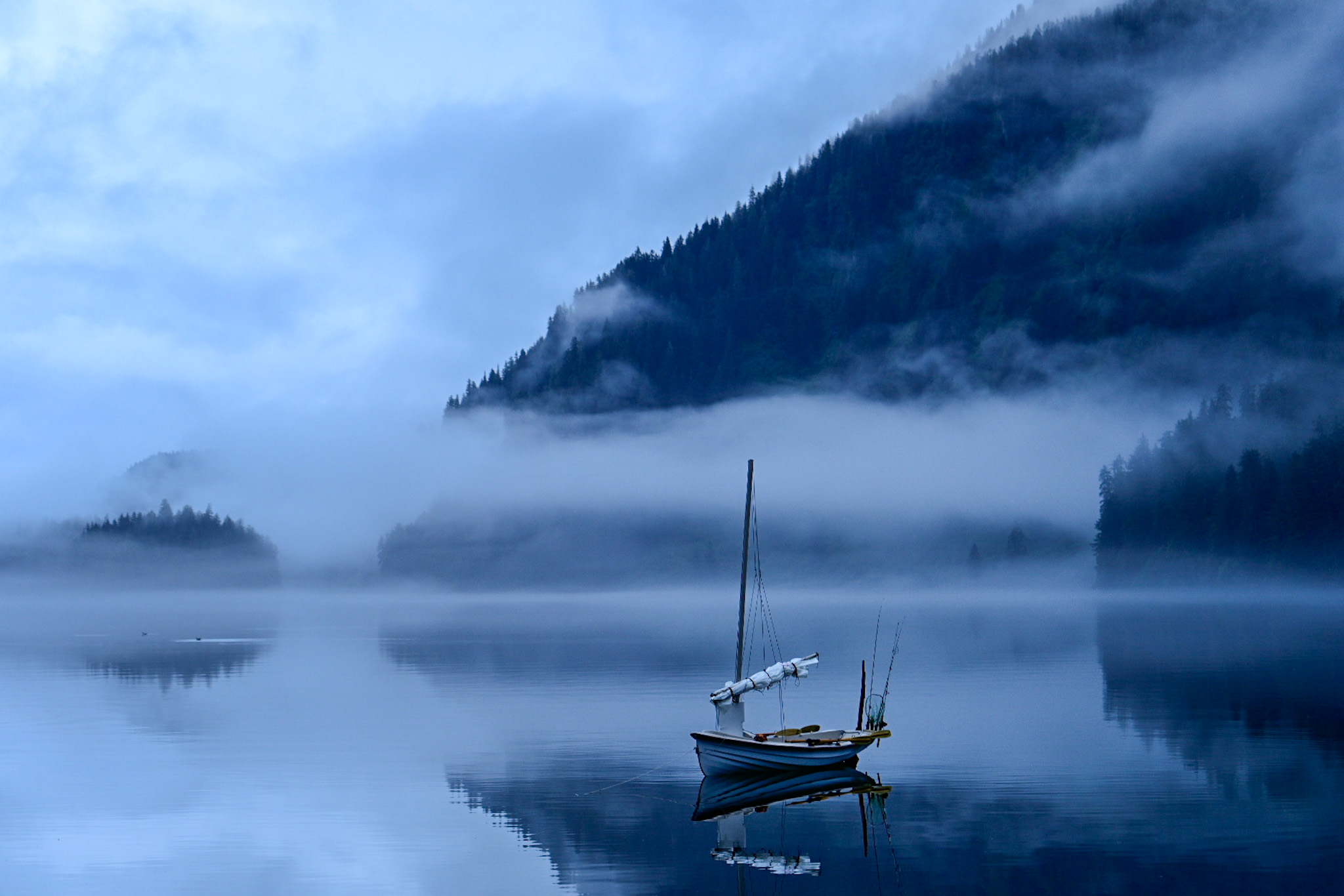
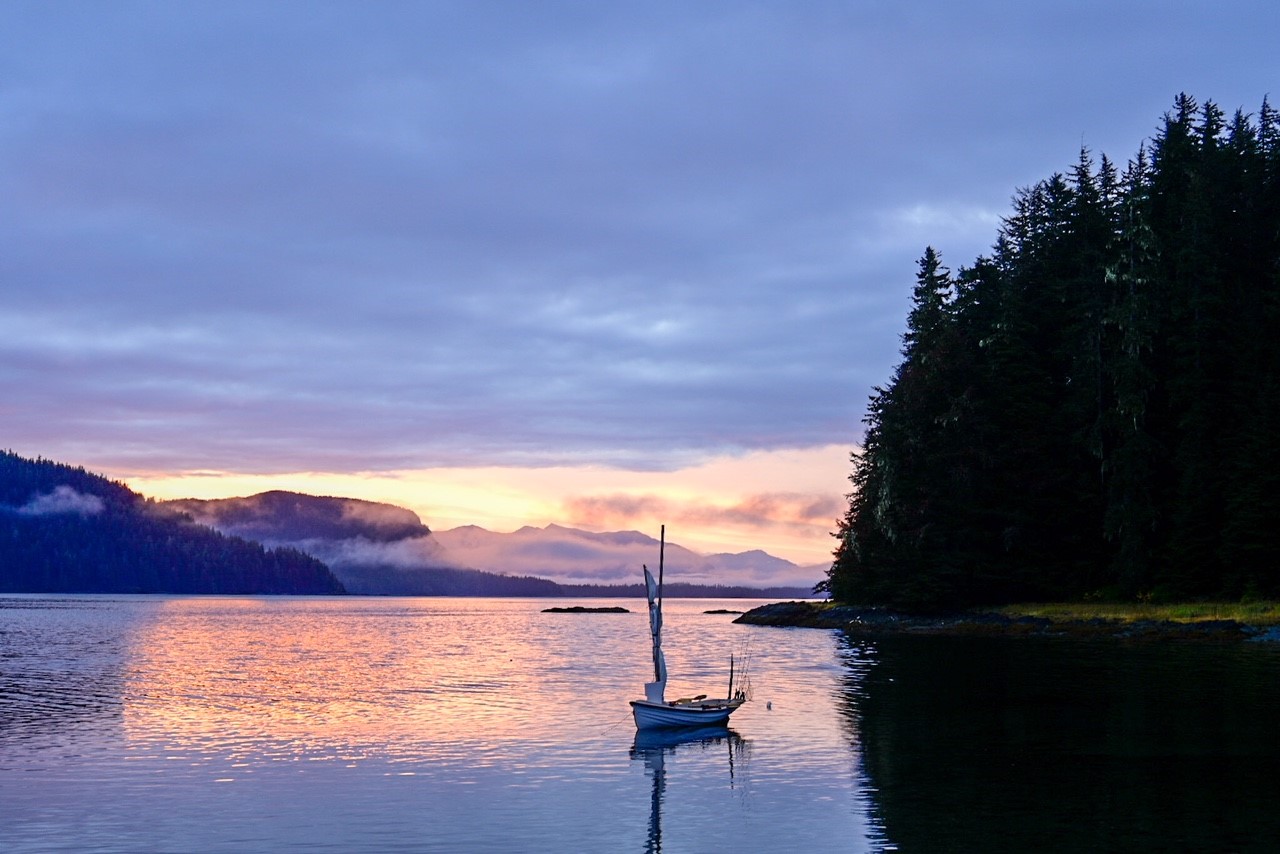
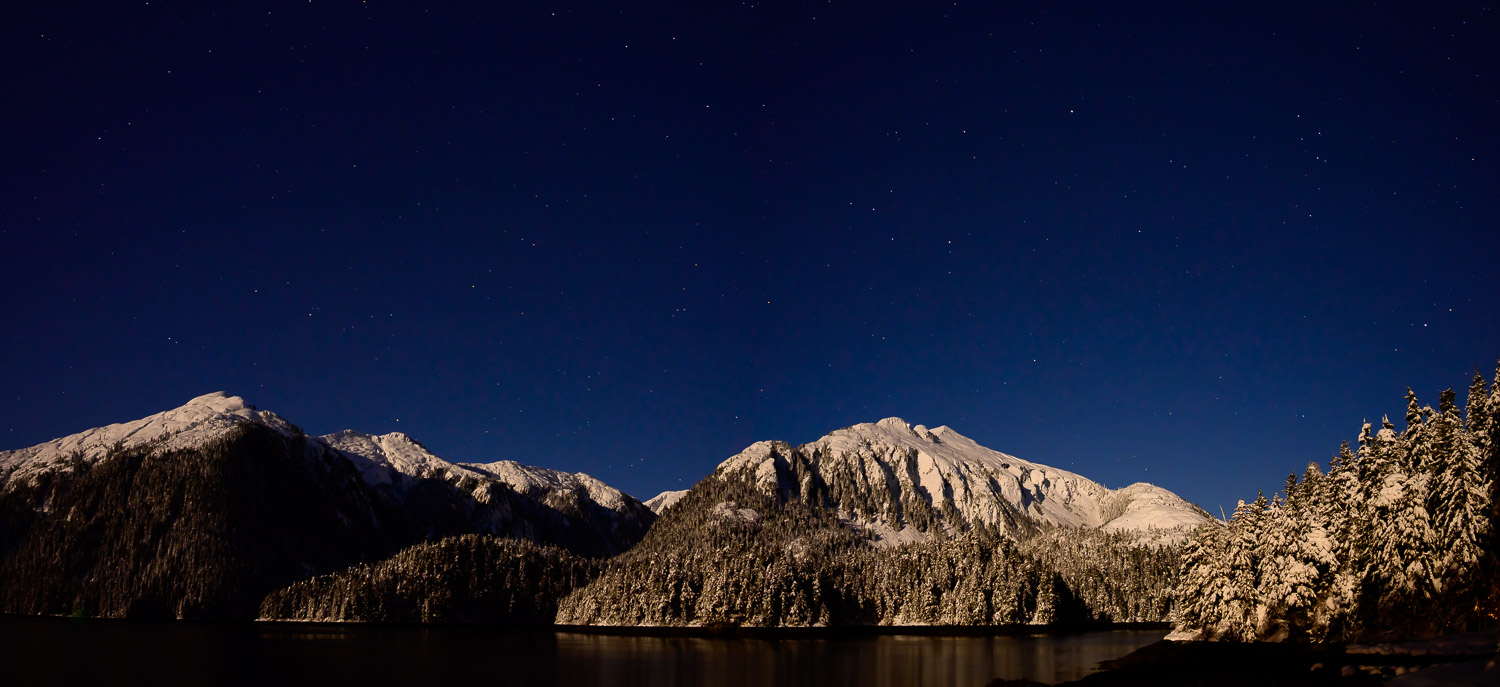
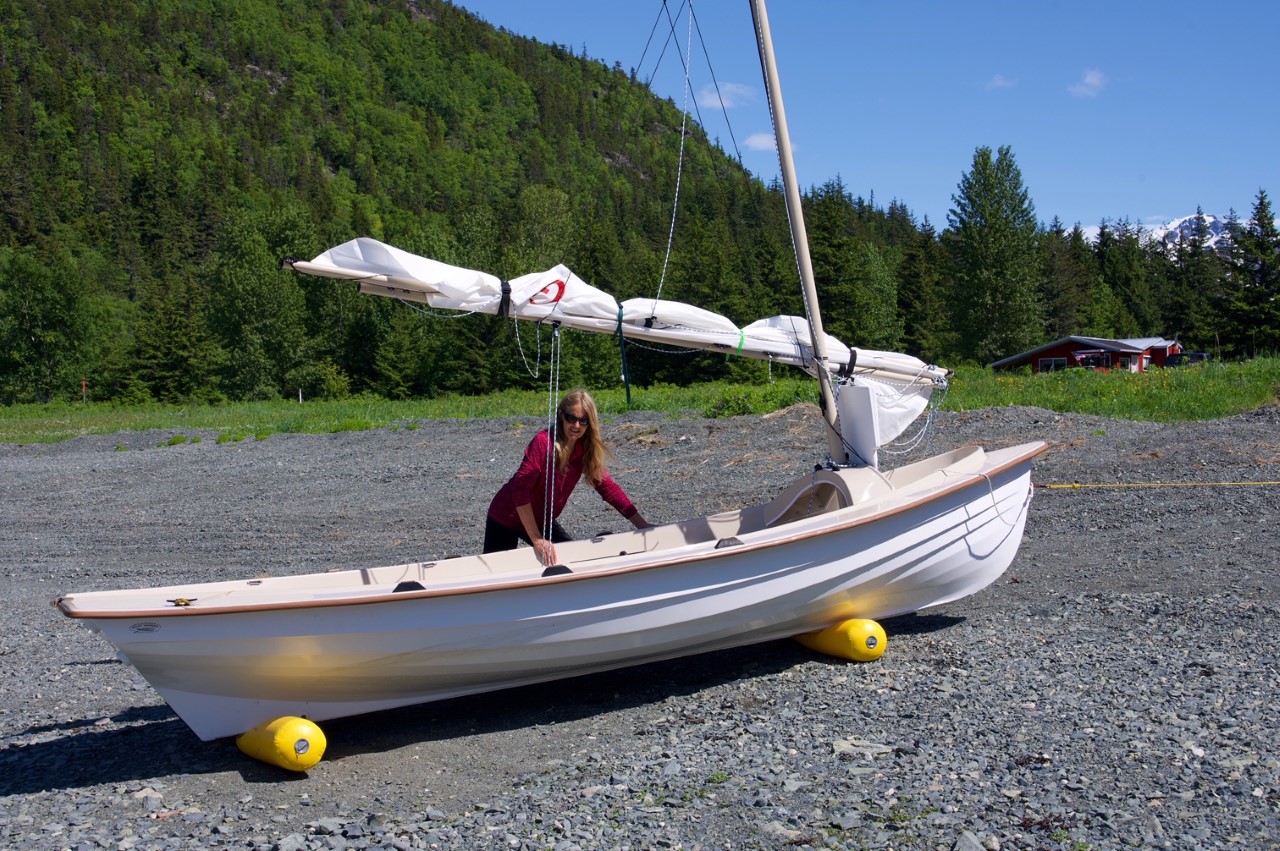
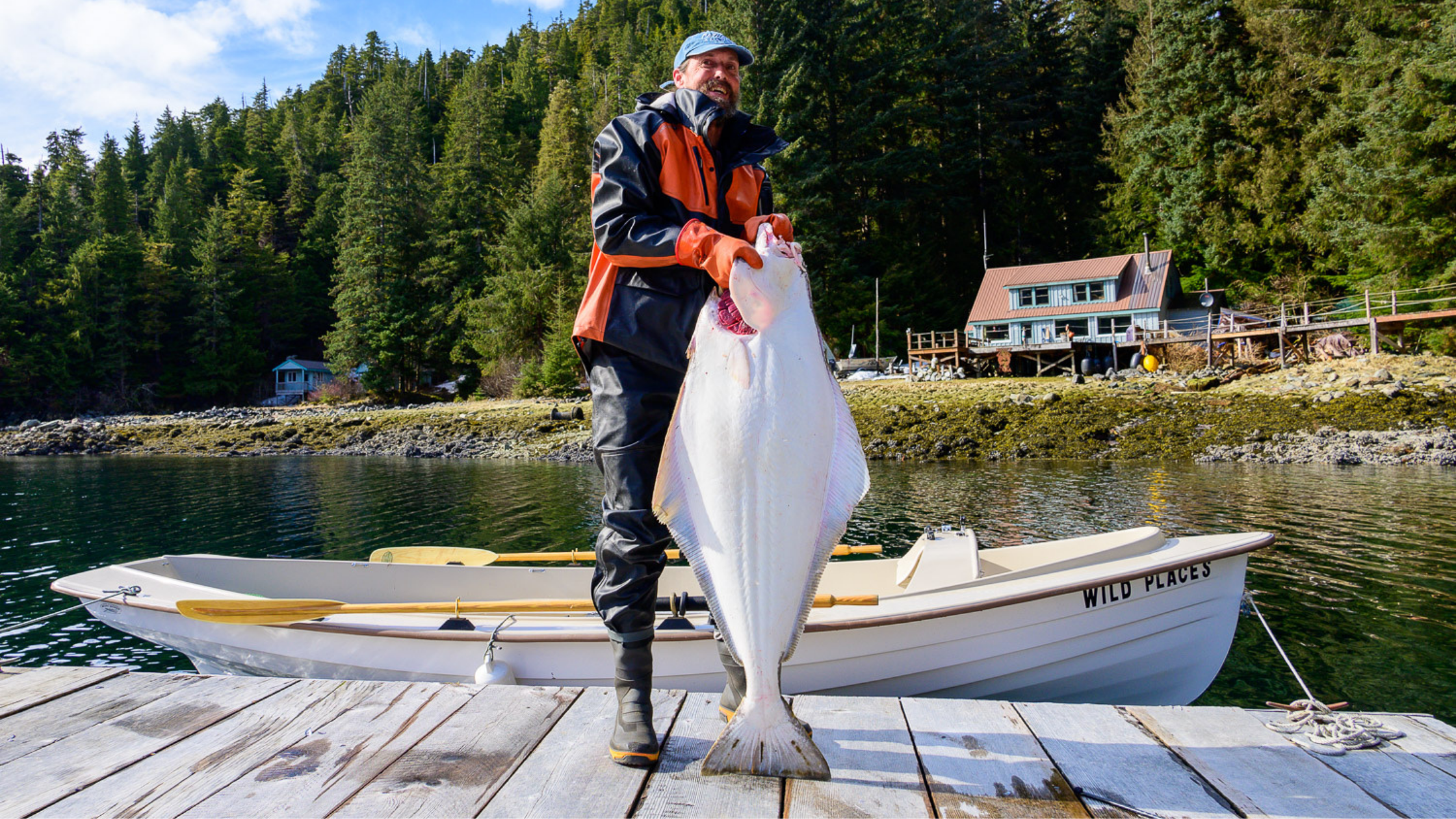
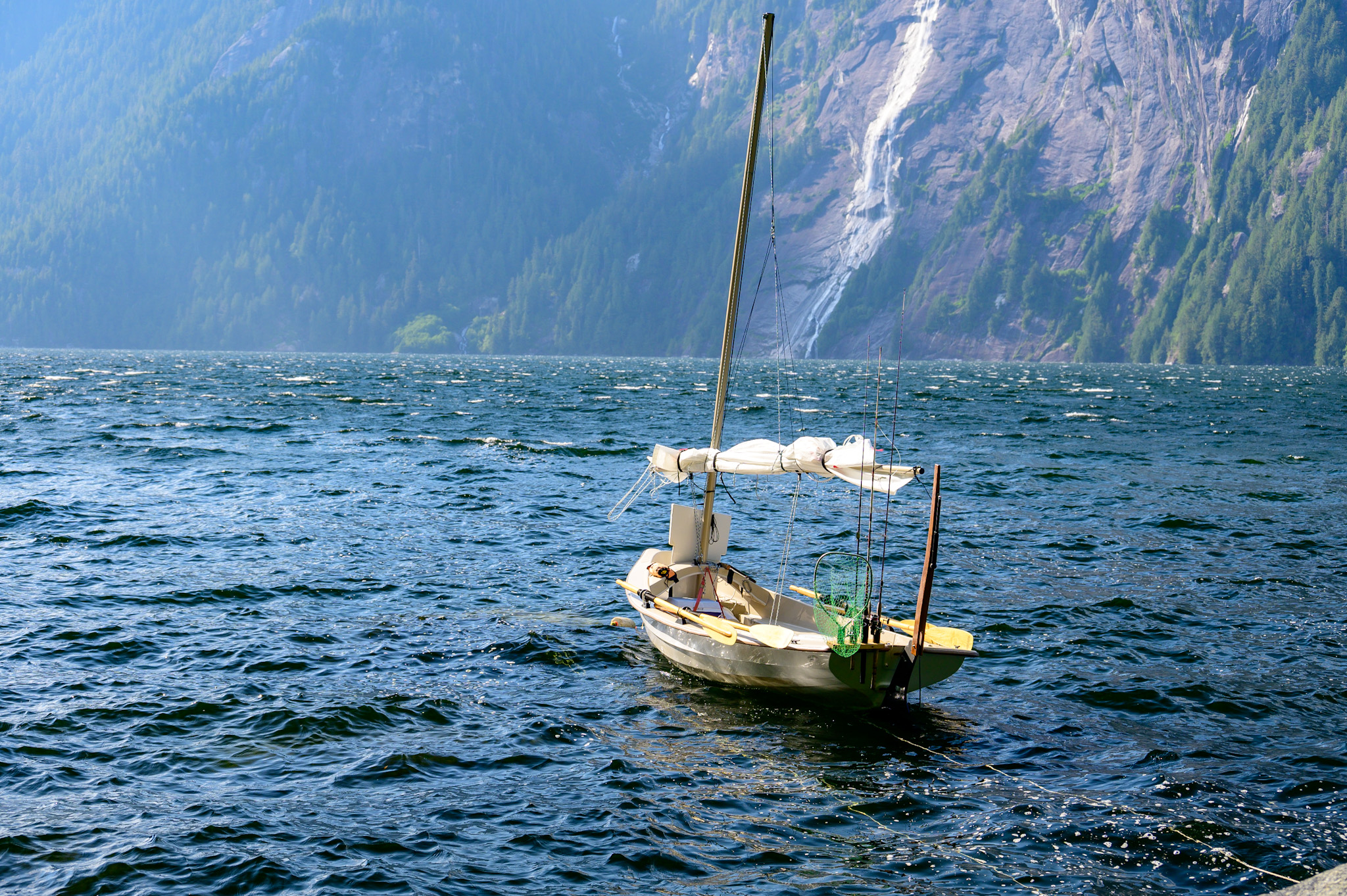
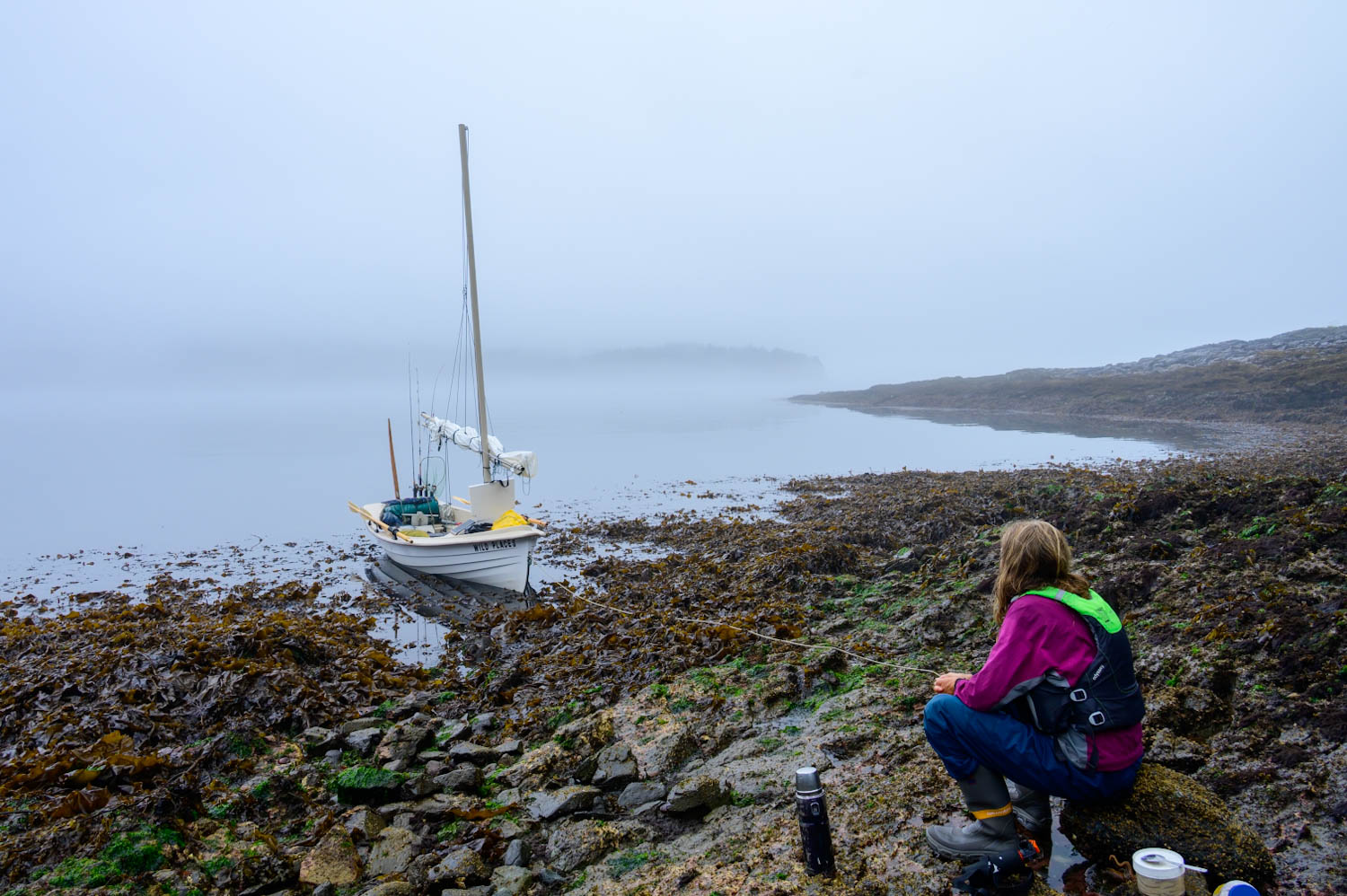
Very awe inspiring to read about this journey. I very briefly encountered Fredrik at the end of their journey. Got to watch them crab in the cove and get their car started after so many months. Perhaps i’ll see them in the cove when I return next spring.